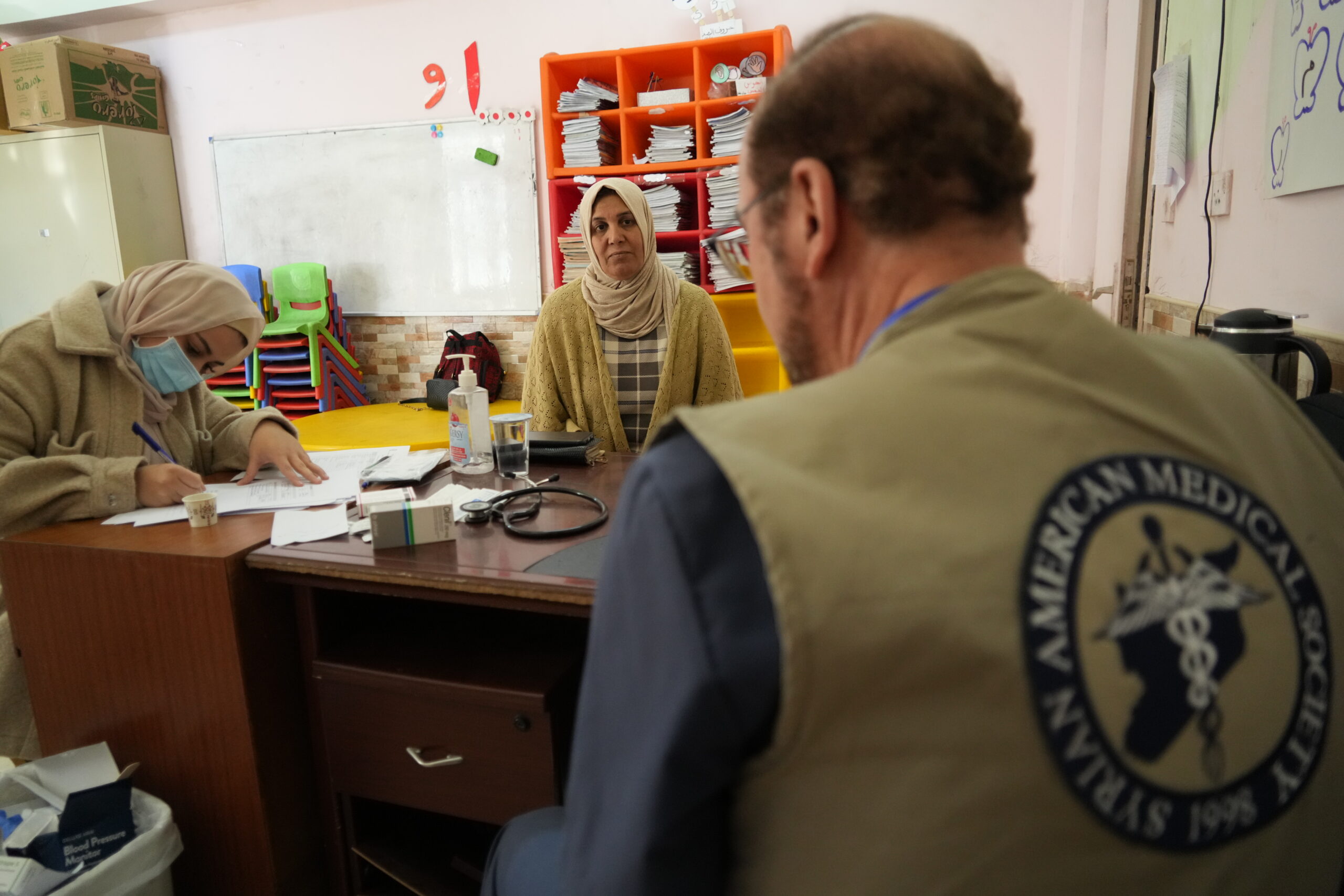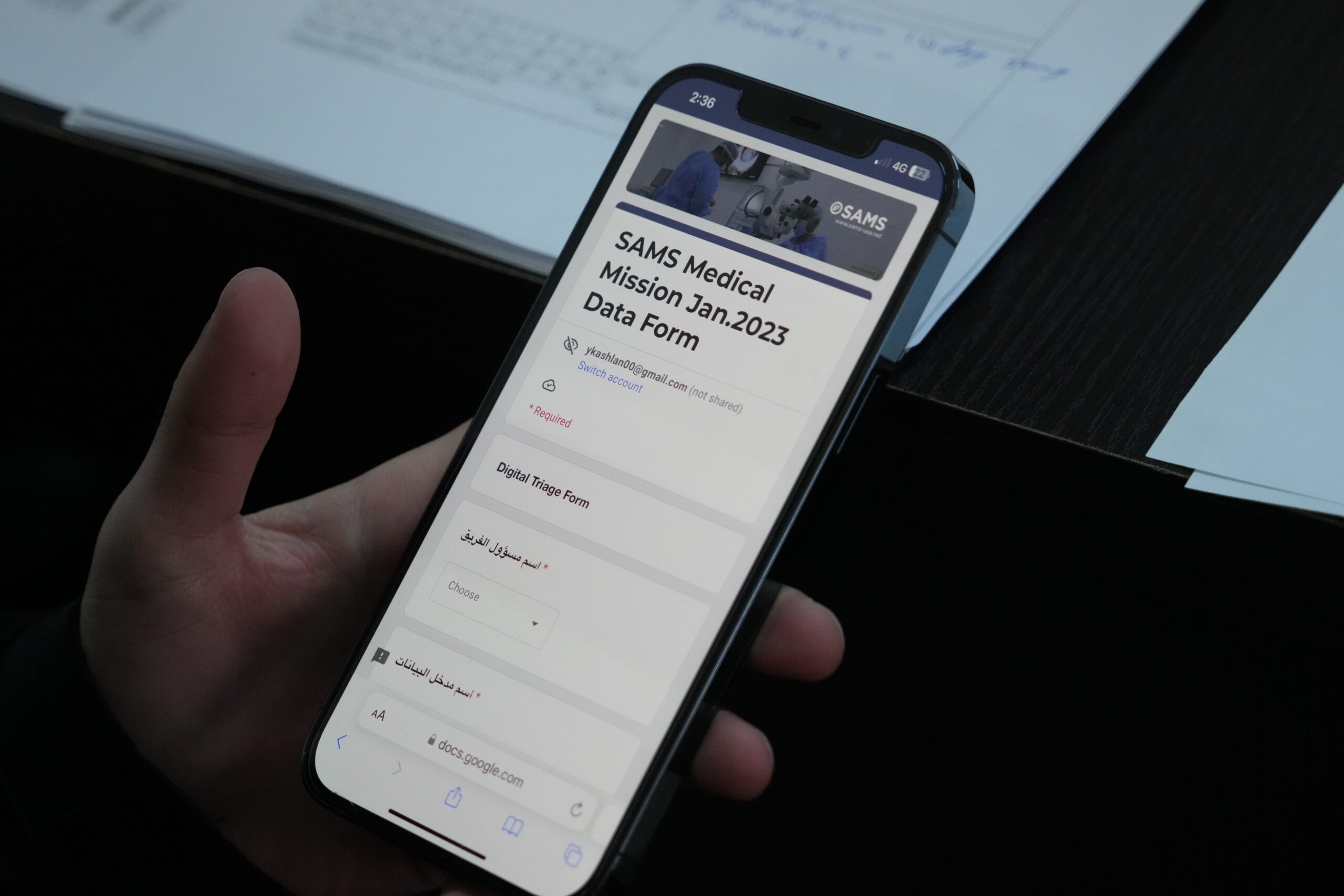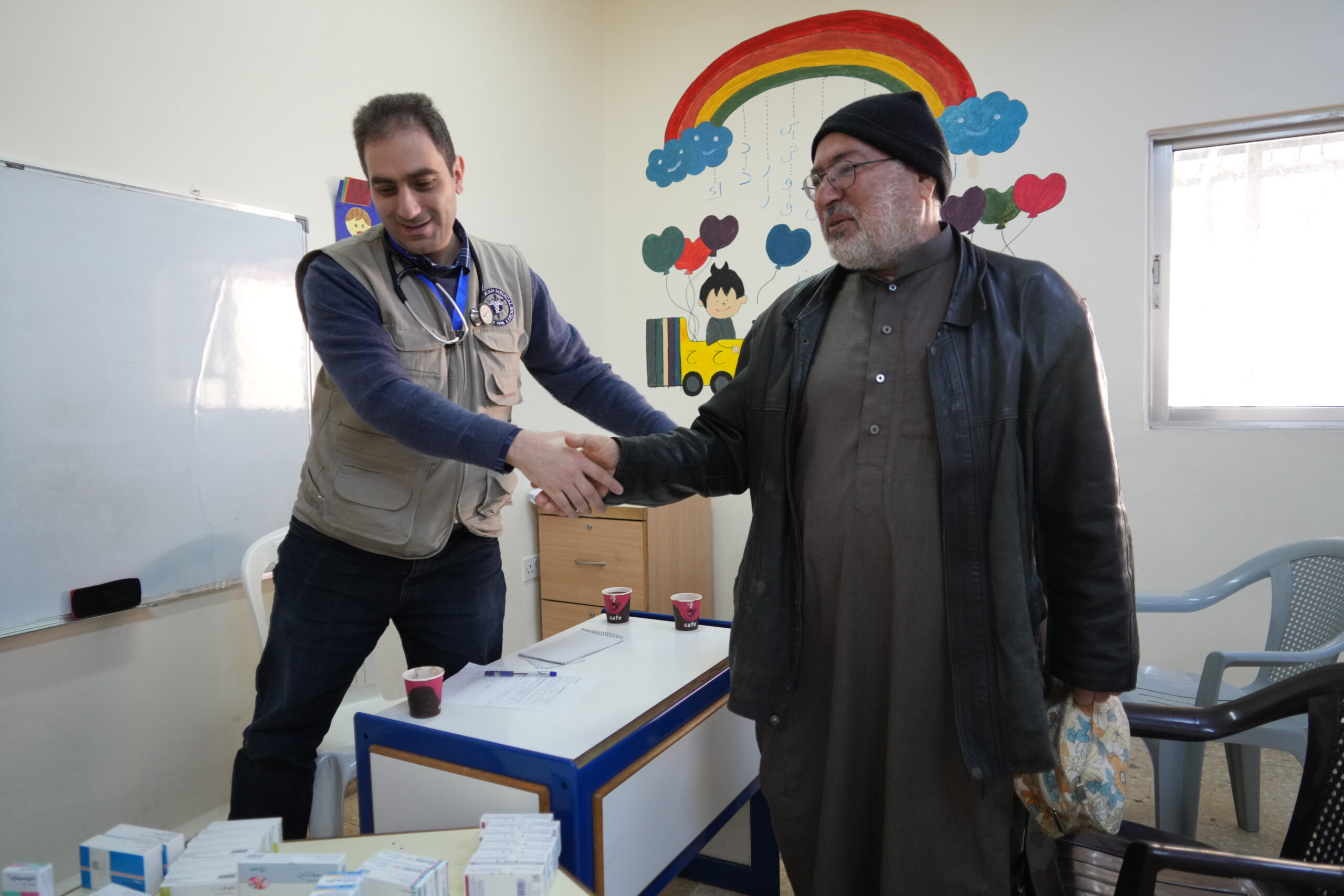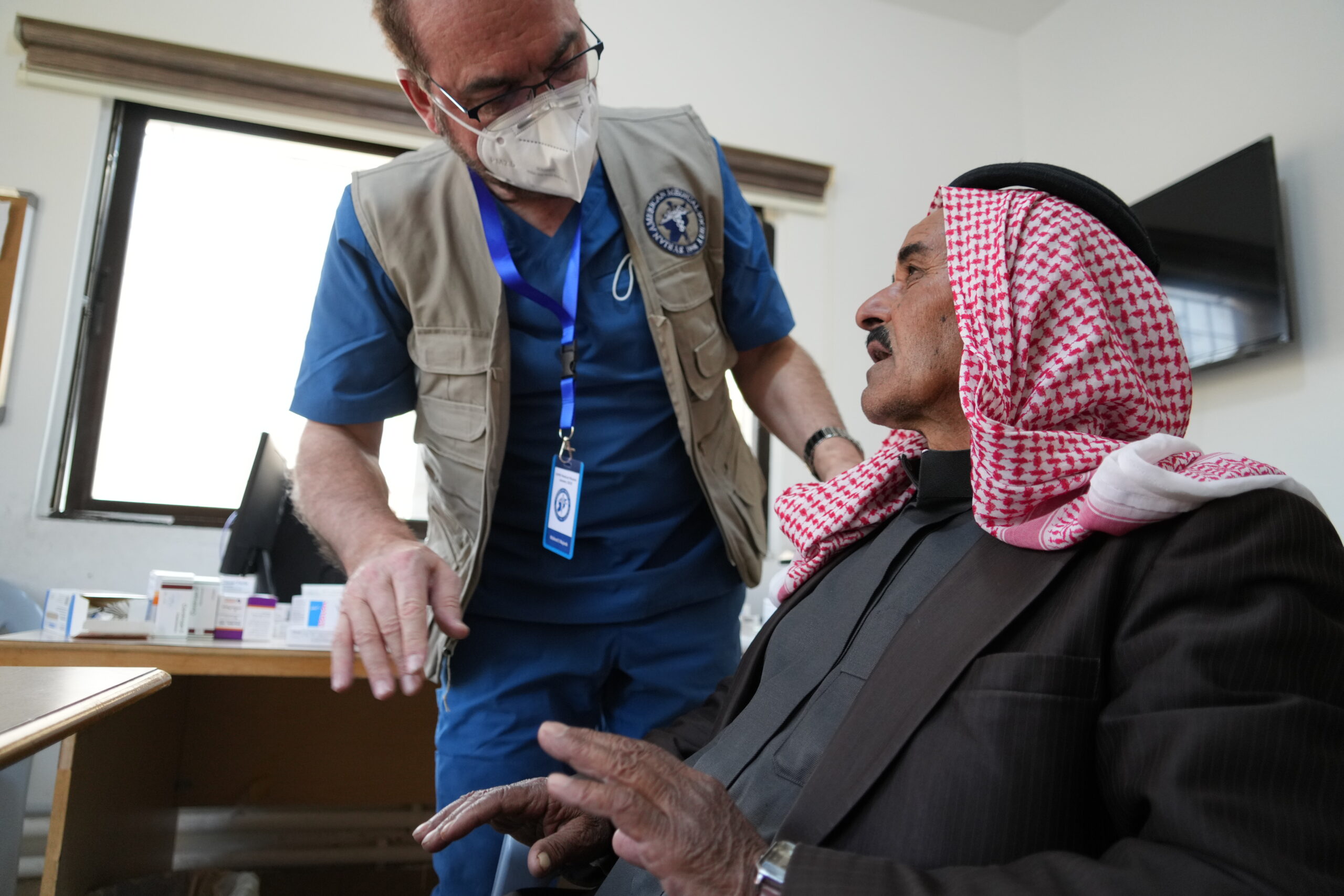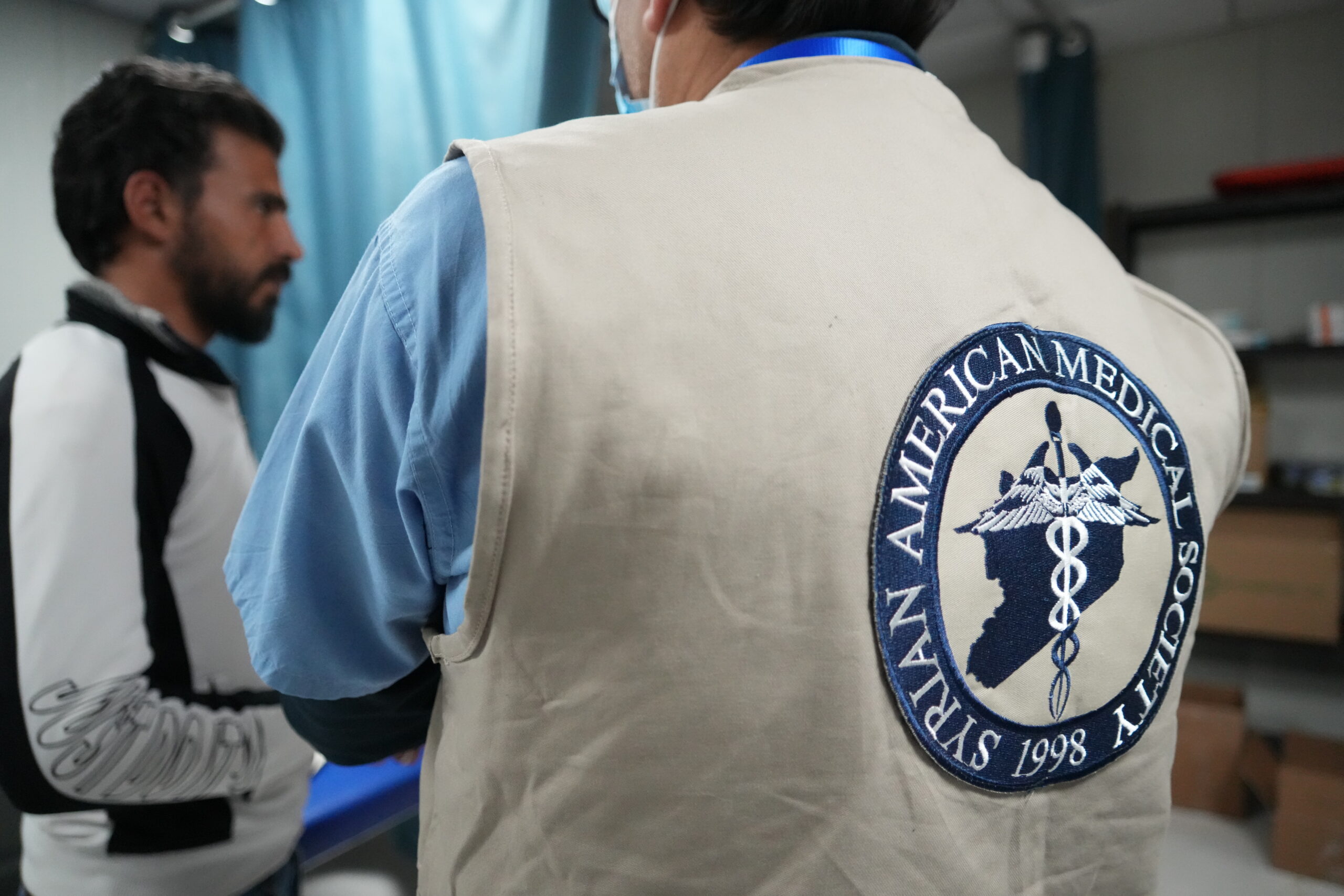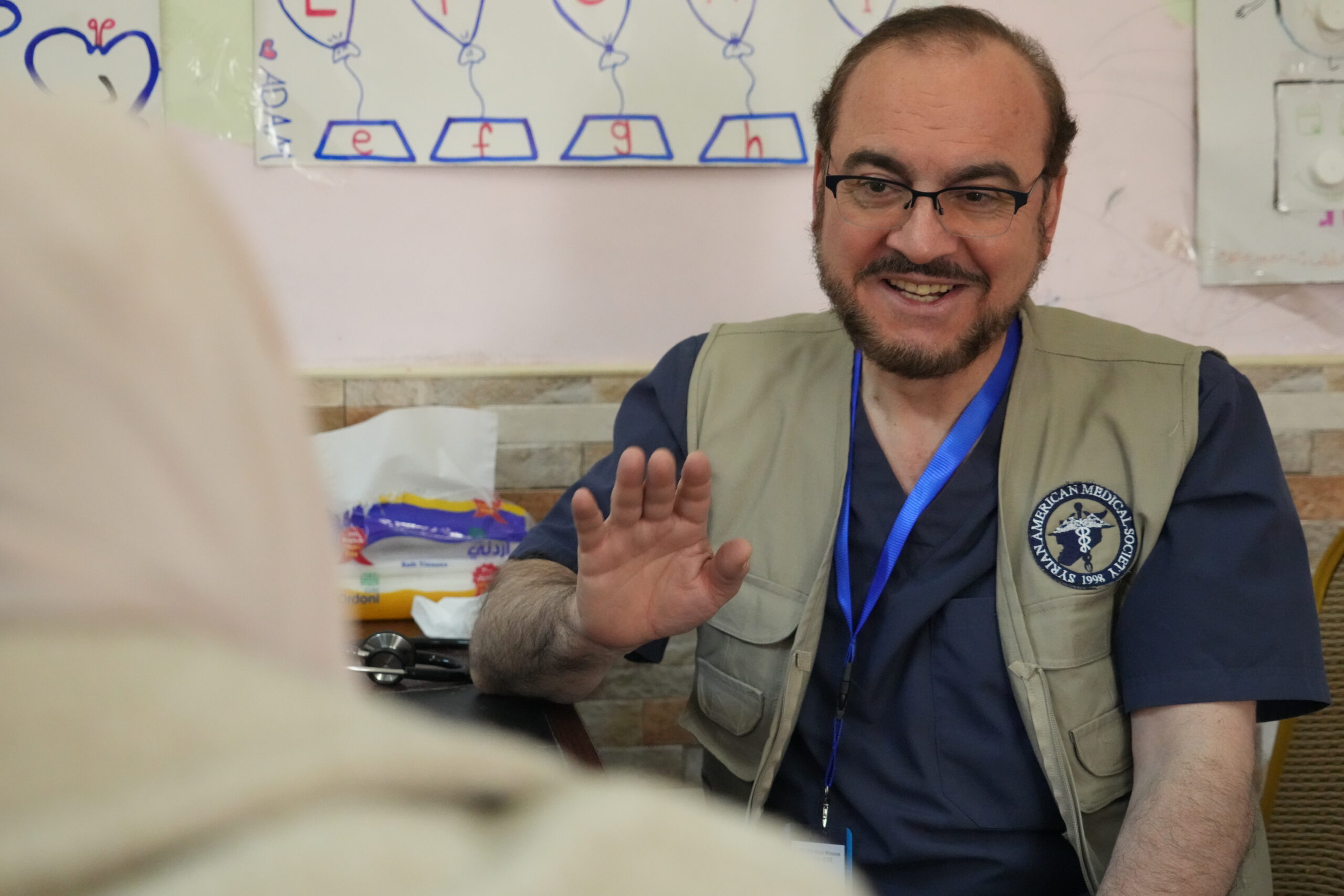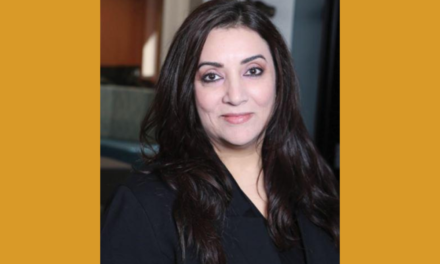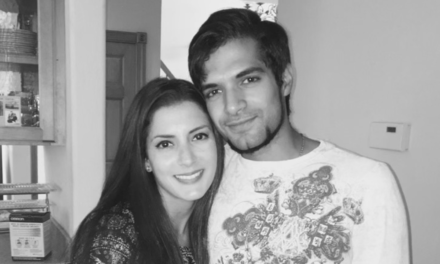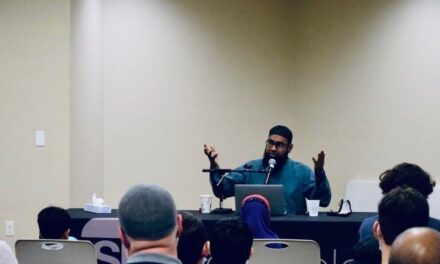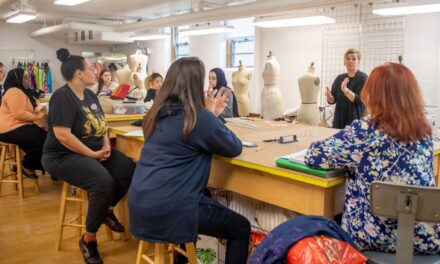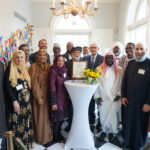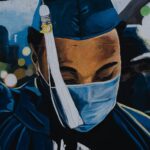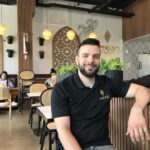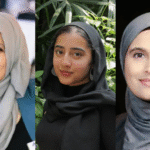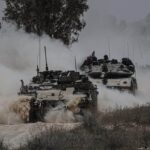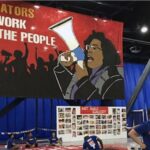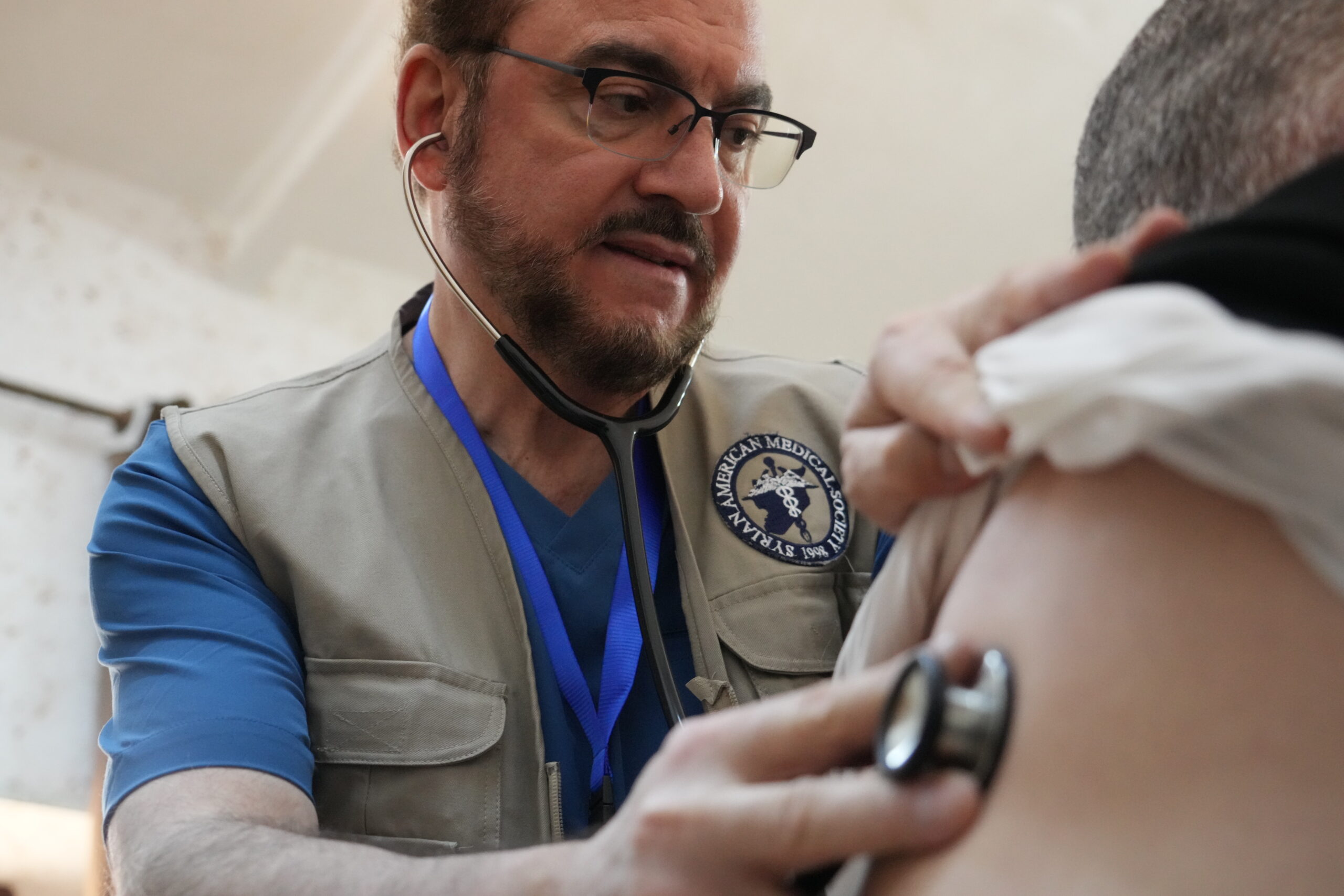
Photos © copyright of Milwaukee Independent
Waleed Najeeb, M.D. caring for a patient during his medical mission to Jordan with the Syrian American Medical Society (SAMS). To support SAMS medical missions, you may donate at https://www.sams-usa.net/donate/ and select Refugee Health Services as the program to support.
Waleed Najeeb, M.D., of Mequon returned from Jordan in late January, where he was providing medical care to Syrian refugees. A few days later, on Feb. 5, a 7.8 magnitude earthquake struck near the Turkey-Syria border.
Though the earthquake wreaked havoc on displaced Syrians on both sides of the border, their urgent need for medical care did not begin with the earthquake.
Syrians have been fleeing war and its impacts for more than a decade, creating one of the largest displacement crises in the world. What began in 2011 as protests against Syrian President Bashar Assad’s regime in escalated into a full-scale war between the Syrian government—backed by Russia and Iran—and anti-government rebel groups—backed by the United States, Saudi Arabia, Turkey and other regional powers, explains the U.S. Council on Foreign Relations’ Global Conflict Tracker.
According to the UNHCR, the United Nations Refugee Agency, this year 5.4 million Syrian refugees and asylum-seekers are living as refugees in neighboring countries and 6.9 million in Syria are internally displaced. The situation of Syrian refugees, many hosted in Lebanon, Turkey and Jordan, is worsening and is expected to further deteriorate in 2023, UNHCR reports.
And inside Syria, humanitarian needs are at their highest ever, a top United Nations human rights council reported in June. According to the UN, Syria now has 14.6 million civilians who “need urgent humanitarian assistance,” the highest this figure has been since the war began. Access to medical care is one of the most critical needs.
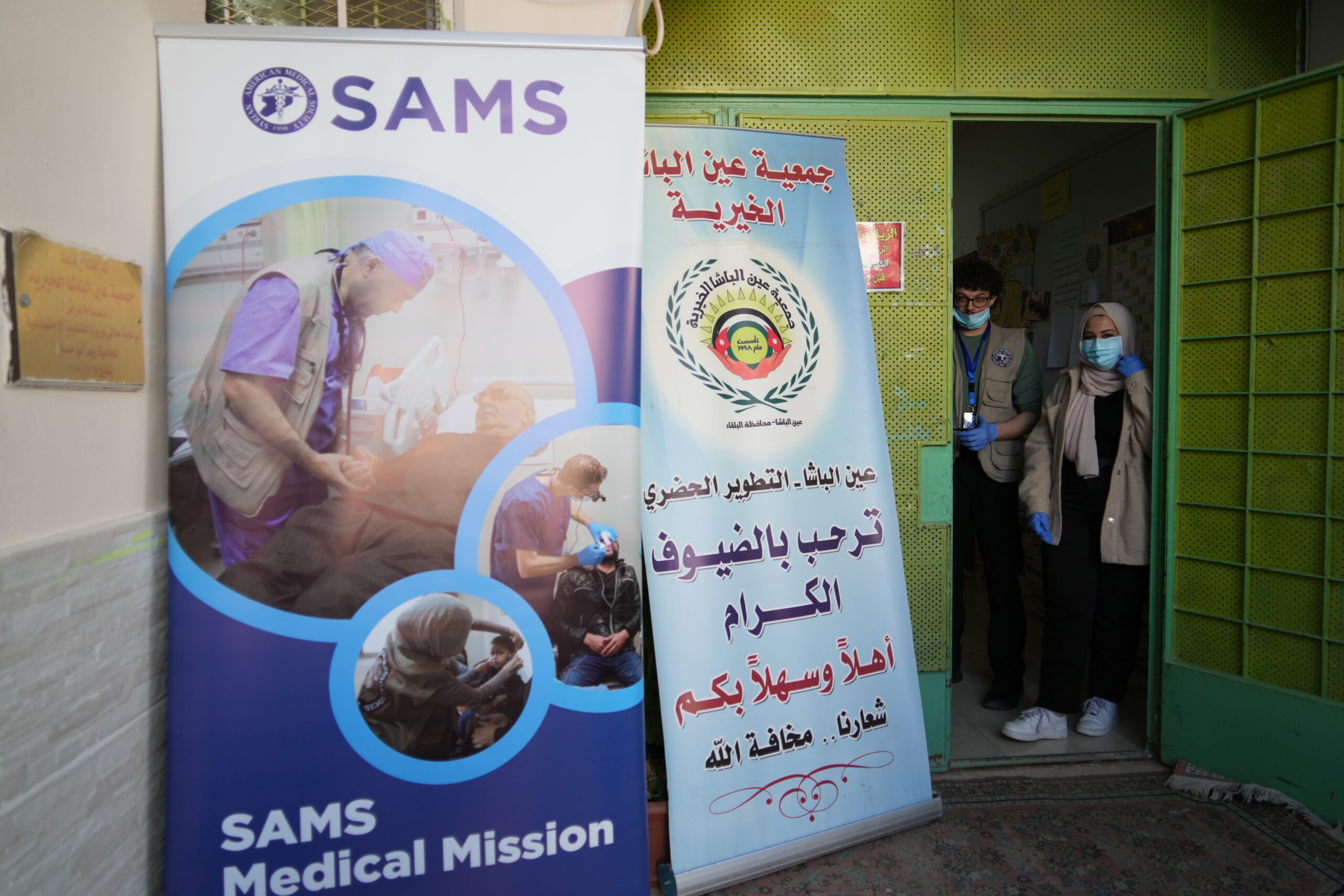
SAMS was founded in 1998 as a professional society to provide networking, educational, cultural and professional services to medical professionals of Syrian descent. It became a major relief organization in 2011, when the crisis in Syria ignited. Since then, SAMS has become one of the leading medical relief organizations working on the front lines in Syria and its neighboring countries. It has established field hospitals, intensive care units, dental and primary care clinics, birth and newborn care facilities, mobile medical units and dialysis centers.
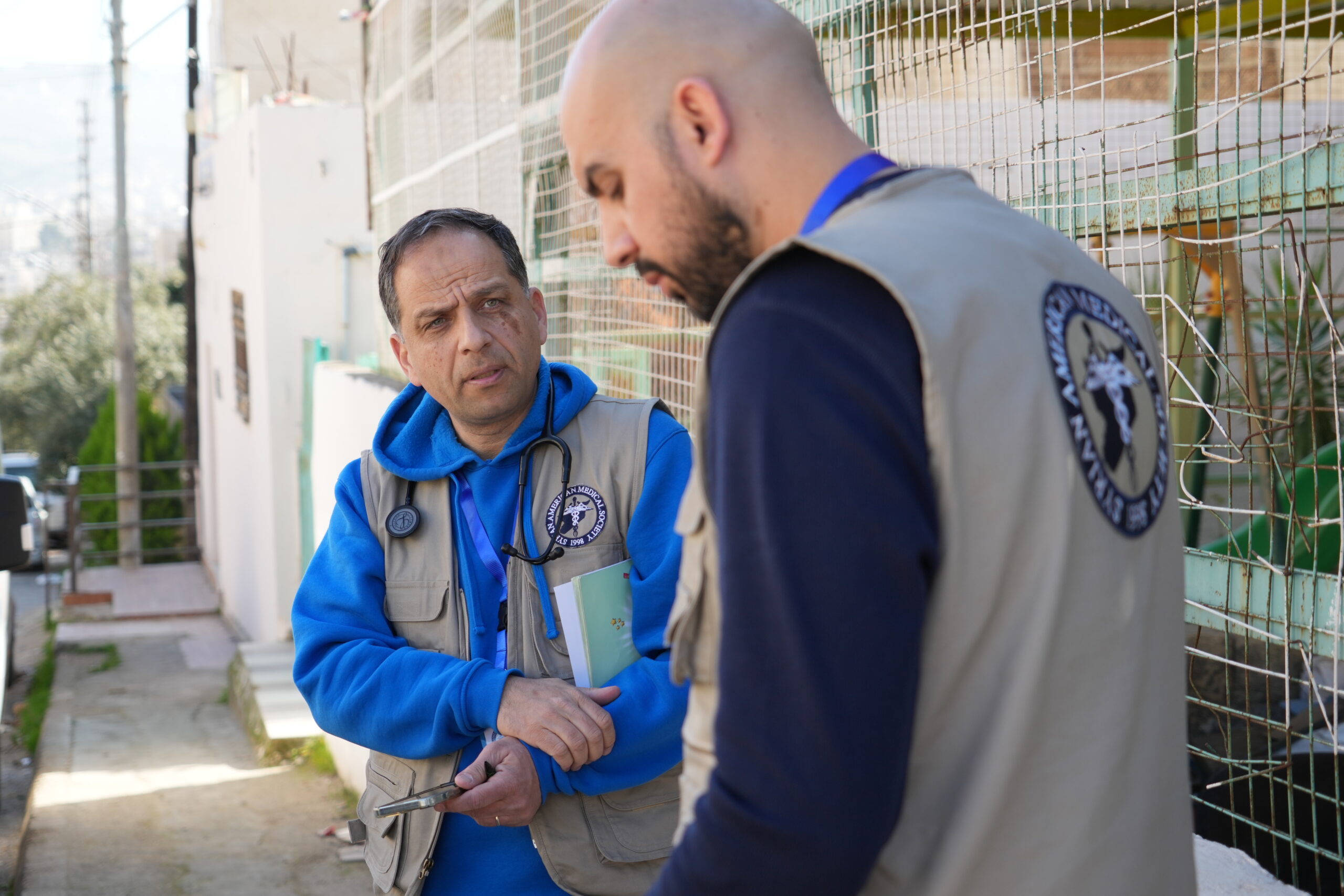
Najeeb, a pulmonologist and internist, and 52 other medical professionals joined the Syrian American Medical Society to spend a week in January providing care to Syrian refugees and others in Jordan. They provided a wide range of medical services in and around the Za’atari Refugee Camp and other locations for people who have very little healthcare, including both refugees and underserved people in the host country.
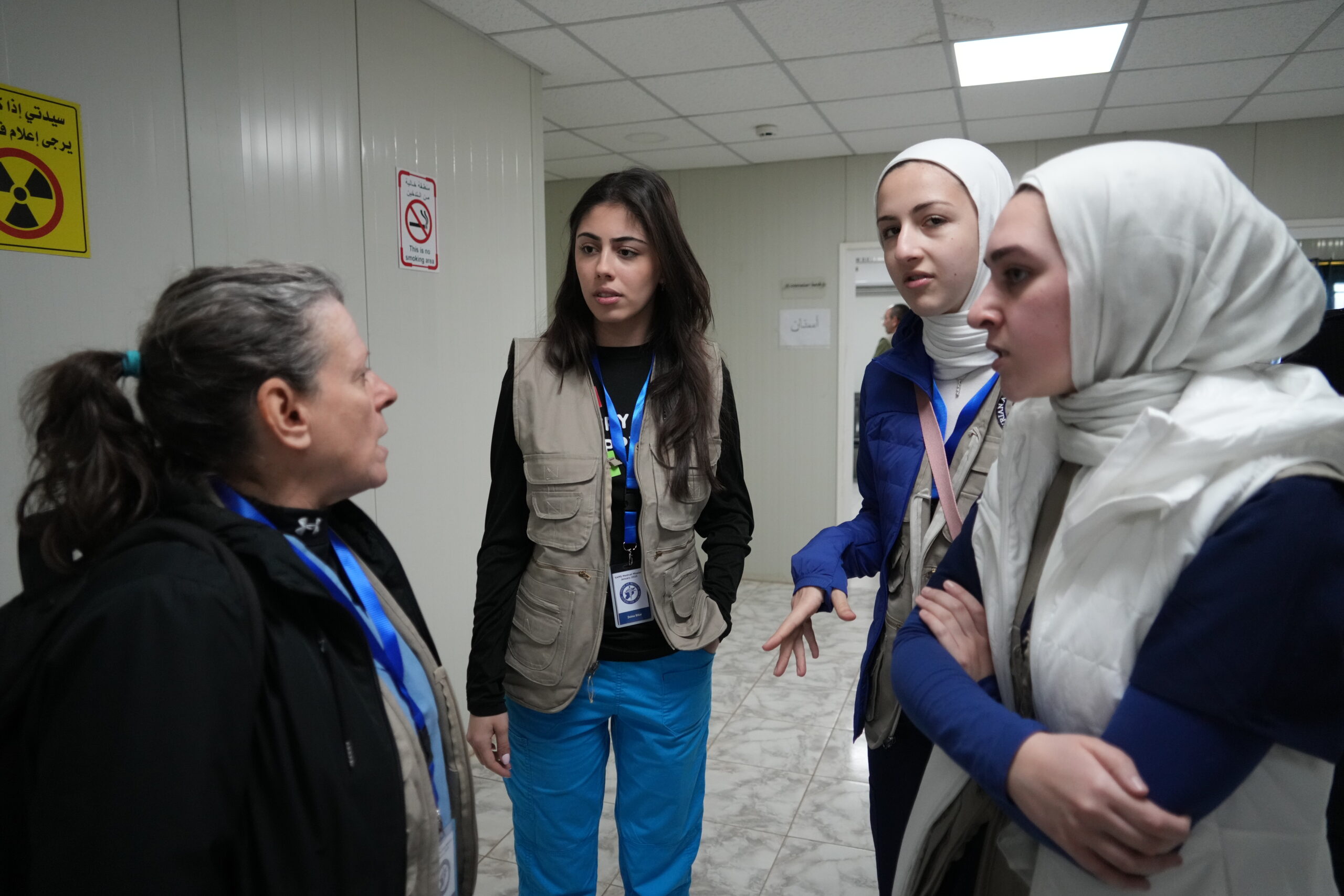
Lee Matz, a photojournalist with Milwaukee Independent, traveled with Najeeb to document the SAMS Medical Mission in an extensive special series: Medical Mission to Jordan: A journey from Milwaukee to help Syrian Refugees. Matz reports on the work accomplished by the SAMS’ mission and also “explores the refugee experience, and the intimate connections of local medical professionals who put their work on hold and left their families behind for a couple of weeks to provide healing to others who have endured a generation of trauma.”
An interview with Waleed S. Najeeb, M.D.
Waleed S. Najeeb, M.D., made his third medical mission trip to care for Syrian refugees in the Middle East in January. Before the COVID-19 pandemic, he traveled with the Syrian American Medical Society to Lebanon and Jordan. The Wisconsin Muslim Journal interviewed Najeeb Feb. 1 about his recent medical mission trip and his motivation for serving on medical missions with SAMS.
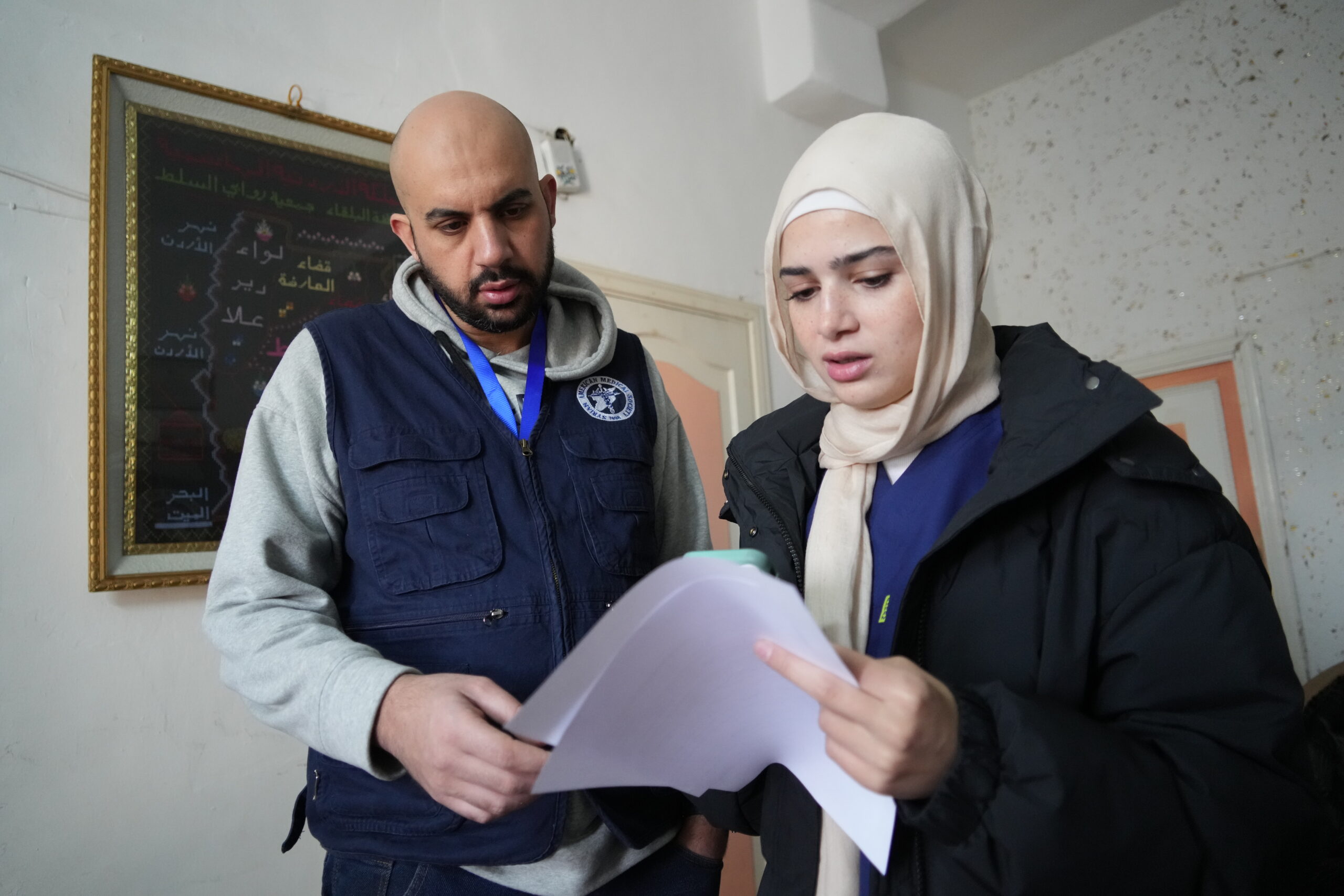
Why did you make this trip with SAMS to a refugee camp in Jordan?
Born and raised in Damascus, Najeeb said serving Syrian refugees is near to his heart. However, his intention is not to care for Syrians only. Najeeb has volunteered for medical missions serving other populations, sometimes through different organizations.
In 2013, he went to Pakistan when a 7.7 magnitude earthquake devastated a large swath of the country. He went on a medical mission to Louisiana in 2005 when Hurricane Katrina caused one of the worst catastrophes in the United States. He also went on a mission to Iraq to document the impact of harsh sanctions on children in that country.
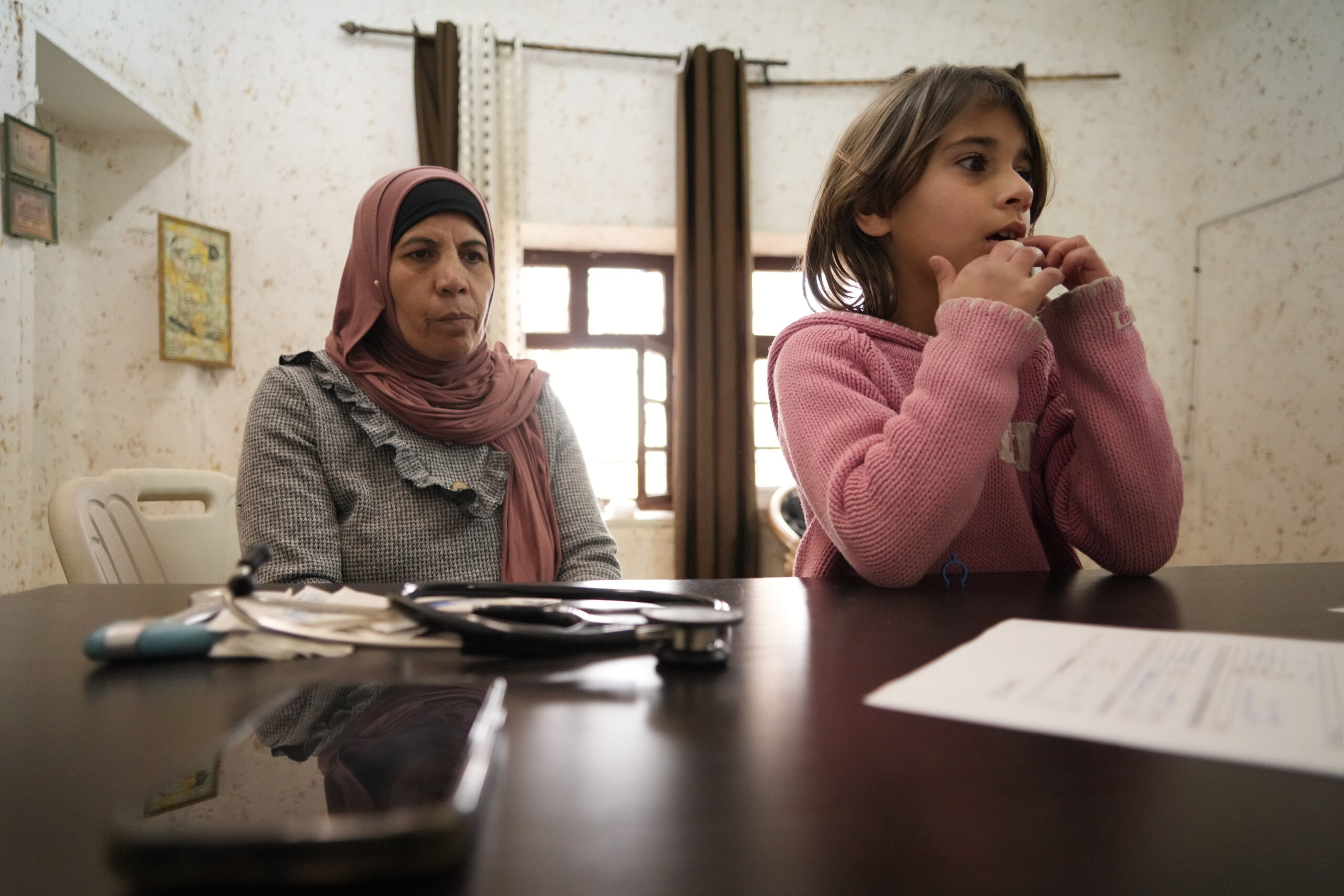
“I aim to participate in at least one medical mission a year,” he told WMJ. “SAMS has multiple medical missions to refugee camps and areas where refugees live and limited access to healthcare. In some cases, they are in rural areas and can’t easily reach hospitals or clinics, or they can’t afford it and don’t have insurance.
“SAMS have missions going almost every three months. Like many physicians, I choose one location per year and go there to help.”
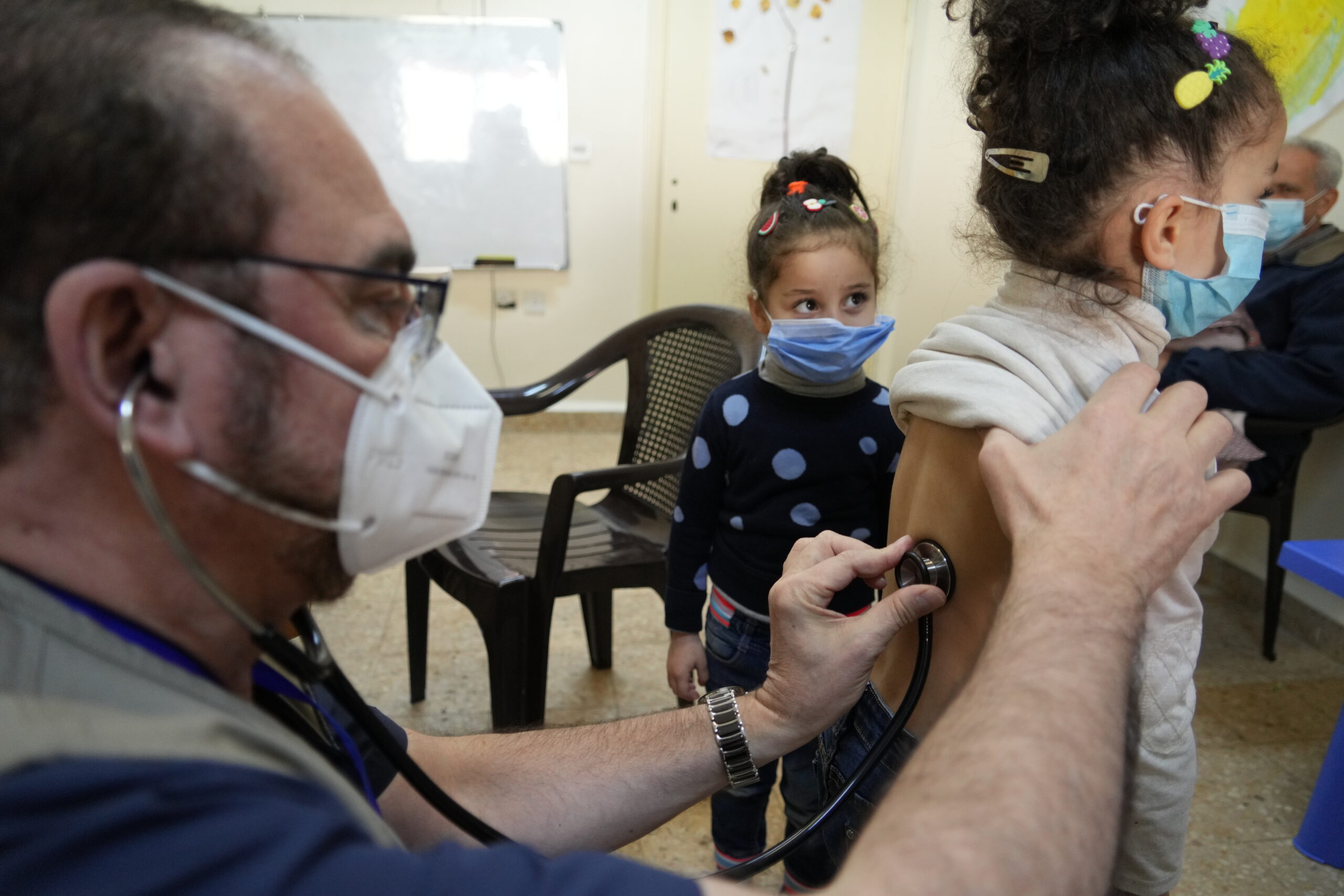
Are all the people served Syrian refugees?
“Not at all. The services are open to any others who need help. On this trip, we served refugees from Iraq and other countries, and even Jordanians themselves. We don’t turn anyone away.
“This time about 30% of the patients we saw were Jordanian, 3 % were other nationalities and the rest were Syrians.”
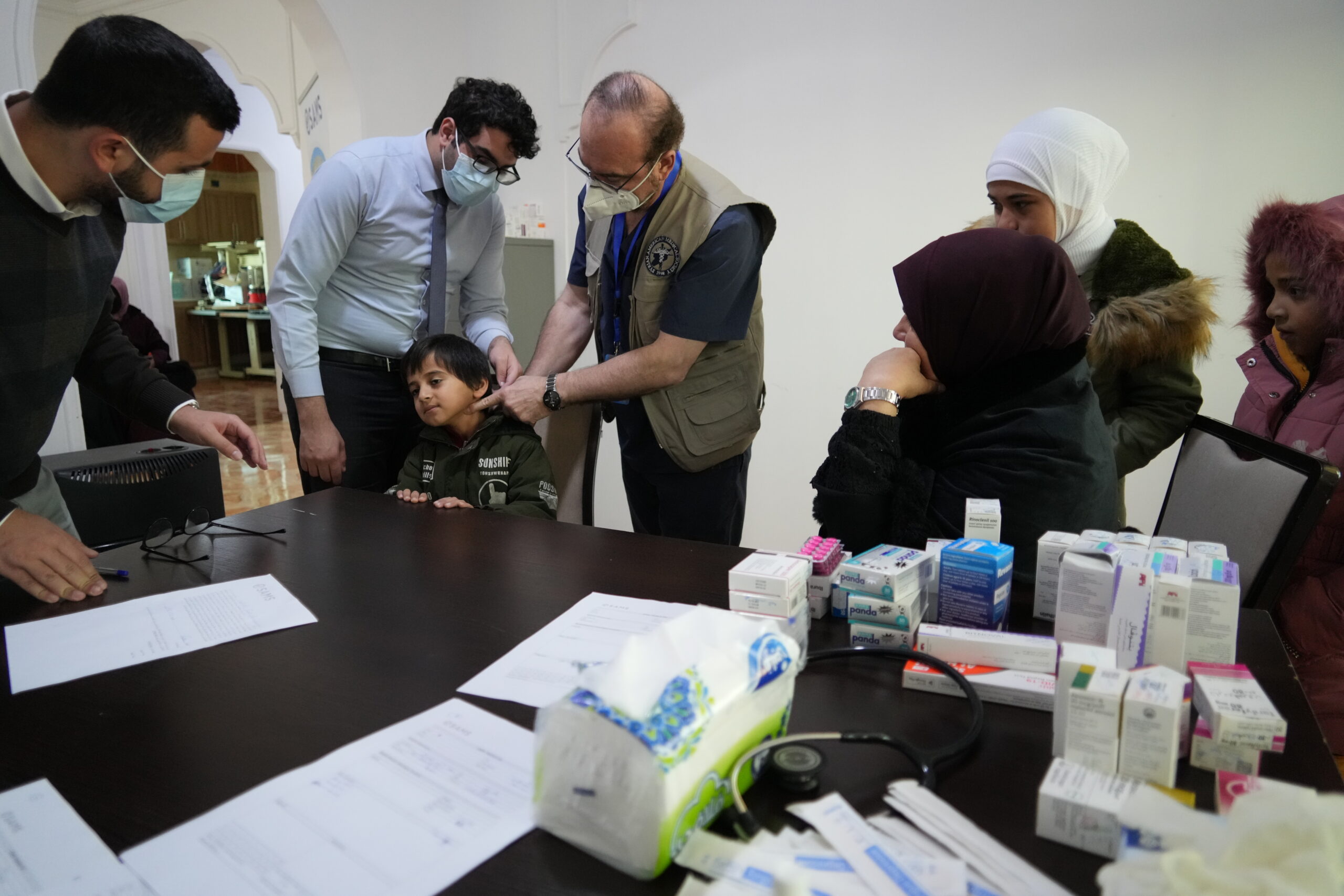
Were you primarily in the Za’atari Refugee Camp?
“I was in the camp one day but the other days I went to areas where refugees are staying with relatives but don’t have insurance or access to healthcare.
“Every day I was in a different center. I went to five or six places. As a whole, the mission went to 19 clinics and five hospitals.
Why is there a need for SAMS’ services if refugees are served by other relief organizations?
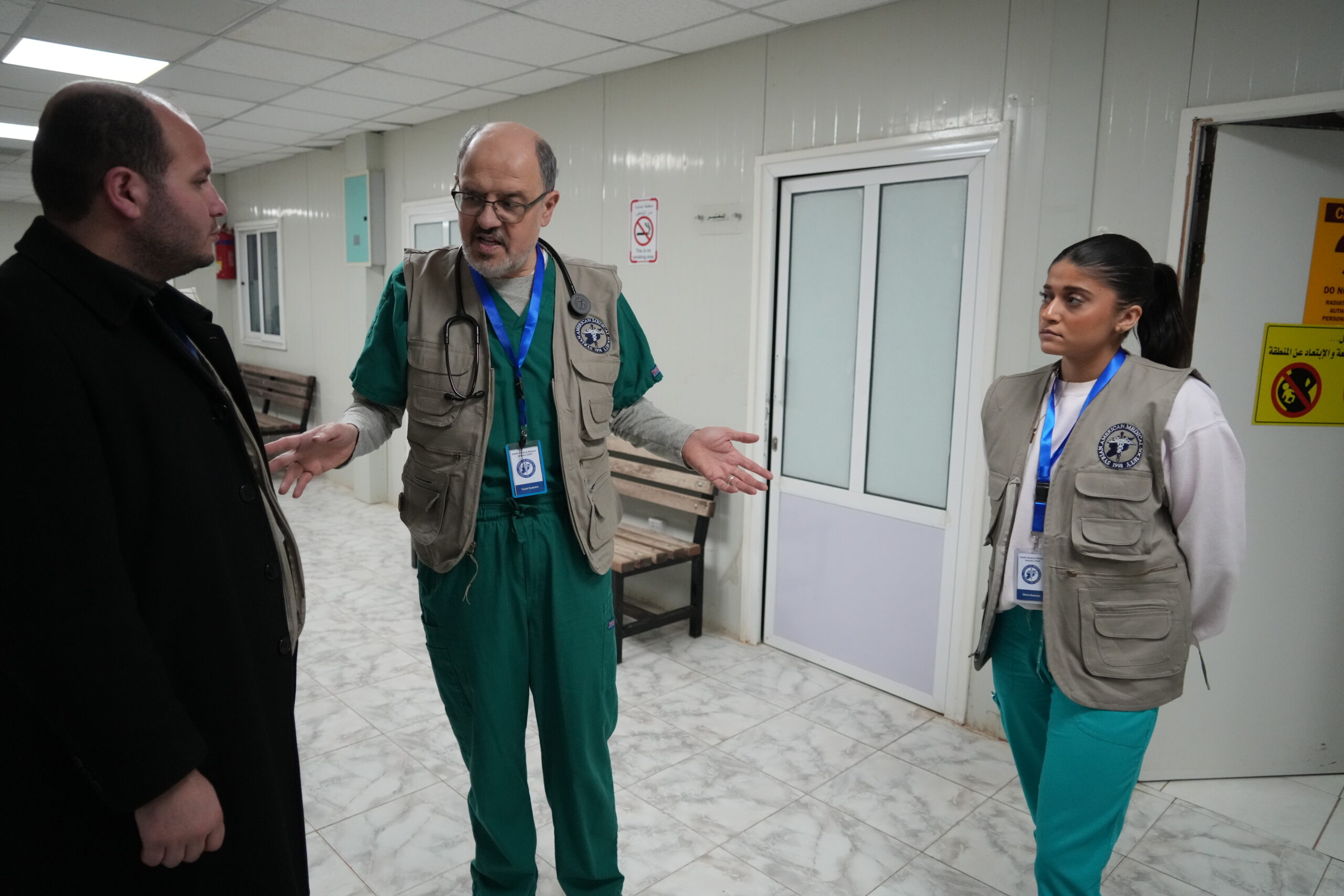
“There are usually relief organizations taking care of their immediate needs for food, water and shelter but often there is no healthcare available. We coordinate with the relief organizations and they give us a few rooms to set up clinics. They inform the refugees they serve that we will be on site to provide medical services.”
Who were the medical providers on the SAMS mission in January to Jordan?
“They included physicians and nurse practitioners who volunteer their service. This time, they were from six different countries, but most were from the United States. We had cardiologists, pulmonologists, internists, family practitioners, pediatricians, dentists—we had a lot of specialties with us.
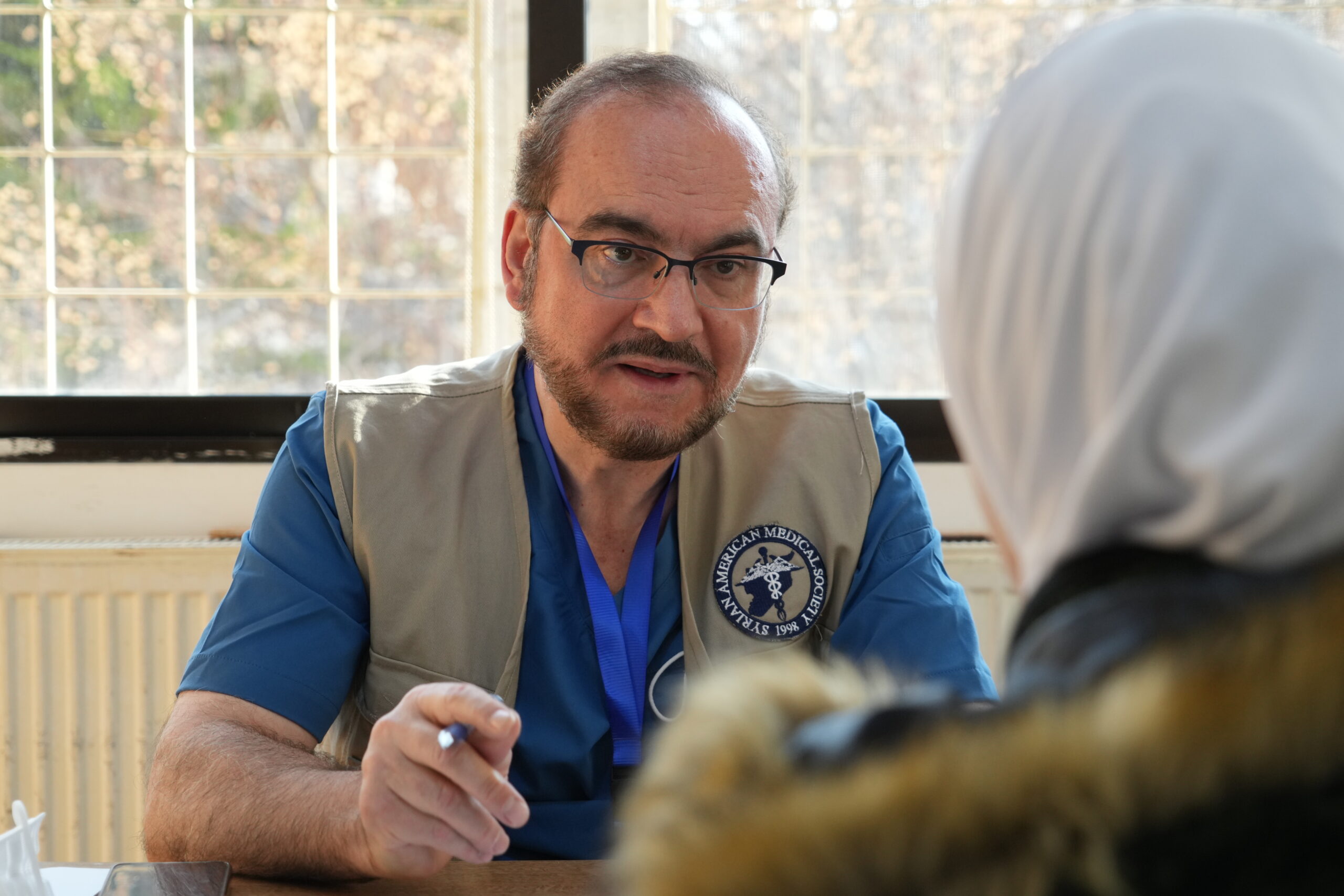
“We also worked with 80 doctors and medical students from Jordan. Their job was to facilitate and prepare certain difficult cases for surgery—like open-heart surgery, for example. They prepared them so we could come in and perform the procedures or surgeries.”
What is a typical day like?
“We arrive to a hotel in a central location. Then we get up each morning around 5 a.m. and get ready to go. We all go to a central pharmacy to pick up the medical supplies and medications we will use that day, most of it purchased with our money or the money from our organization. After breakfast, by 7 a.m., we are in the lobby, ready to go in vans or cars to our assignments at the 19 clinics and five hospitals. About two or three physicians and seven or eight assistants go to each location.
“We work until 4 or 5 p.m., then we are driven back to the hotel. A few of us may go out together for dinner. Usually, we consult each other on the cases we are seeing.
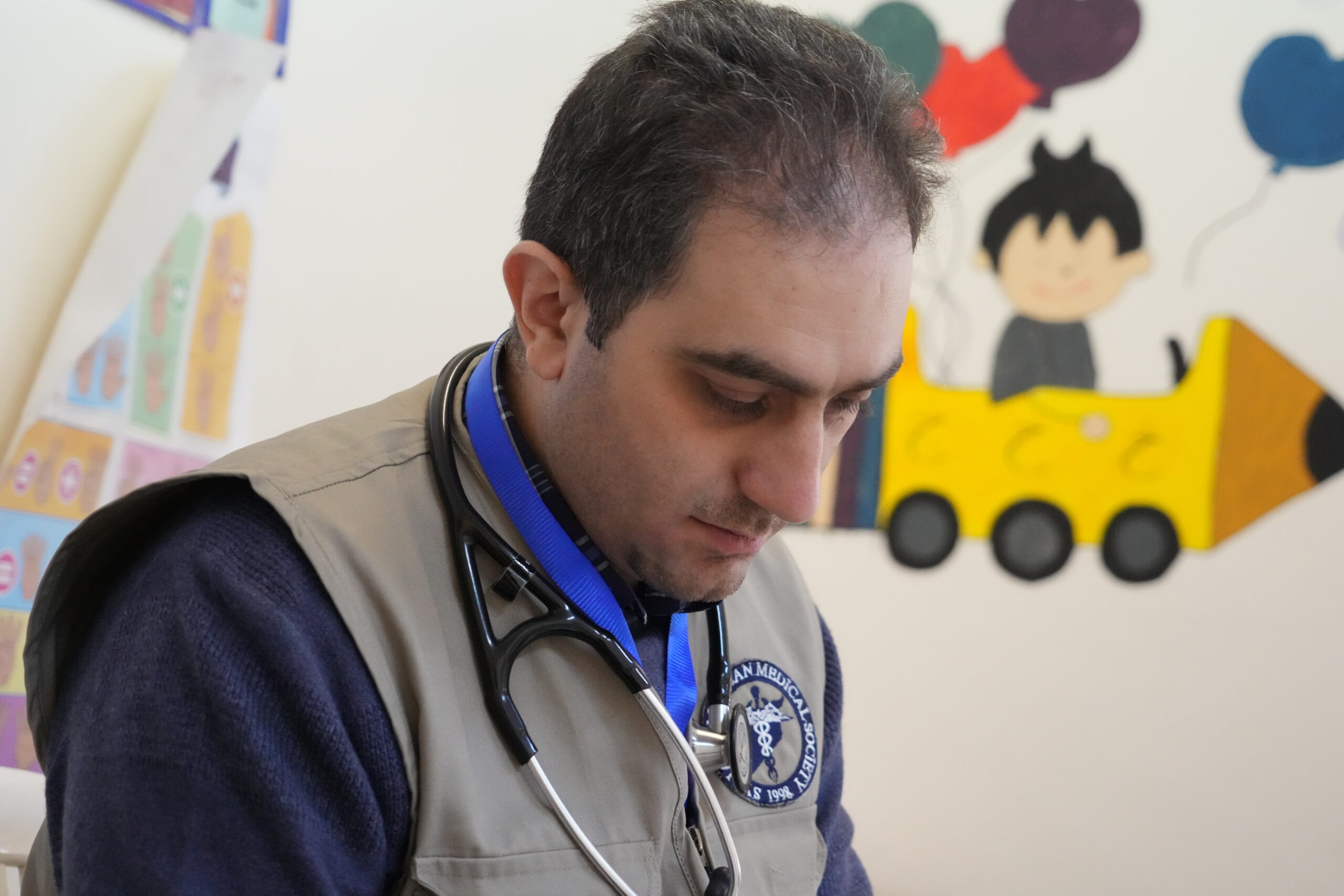
“What is really humbling for me is realizing how hard it is to sustain that level of work for a week. I think about the people who are living there in that situation for years.”
What was your experience of working with the patients you saw there?
“When you see those people, how dignified they are, how well-mannered and at the same time you see the suffering in their faces, there is a strange feeling. I see it again and again. I think I’m healing them but really it’s them that are healing me.
“And you feel completely humble. You see that whatever you are doing is not enough. That’s what encourages me to go back again next year.”
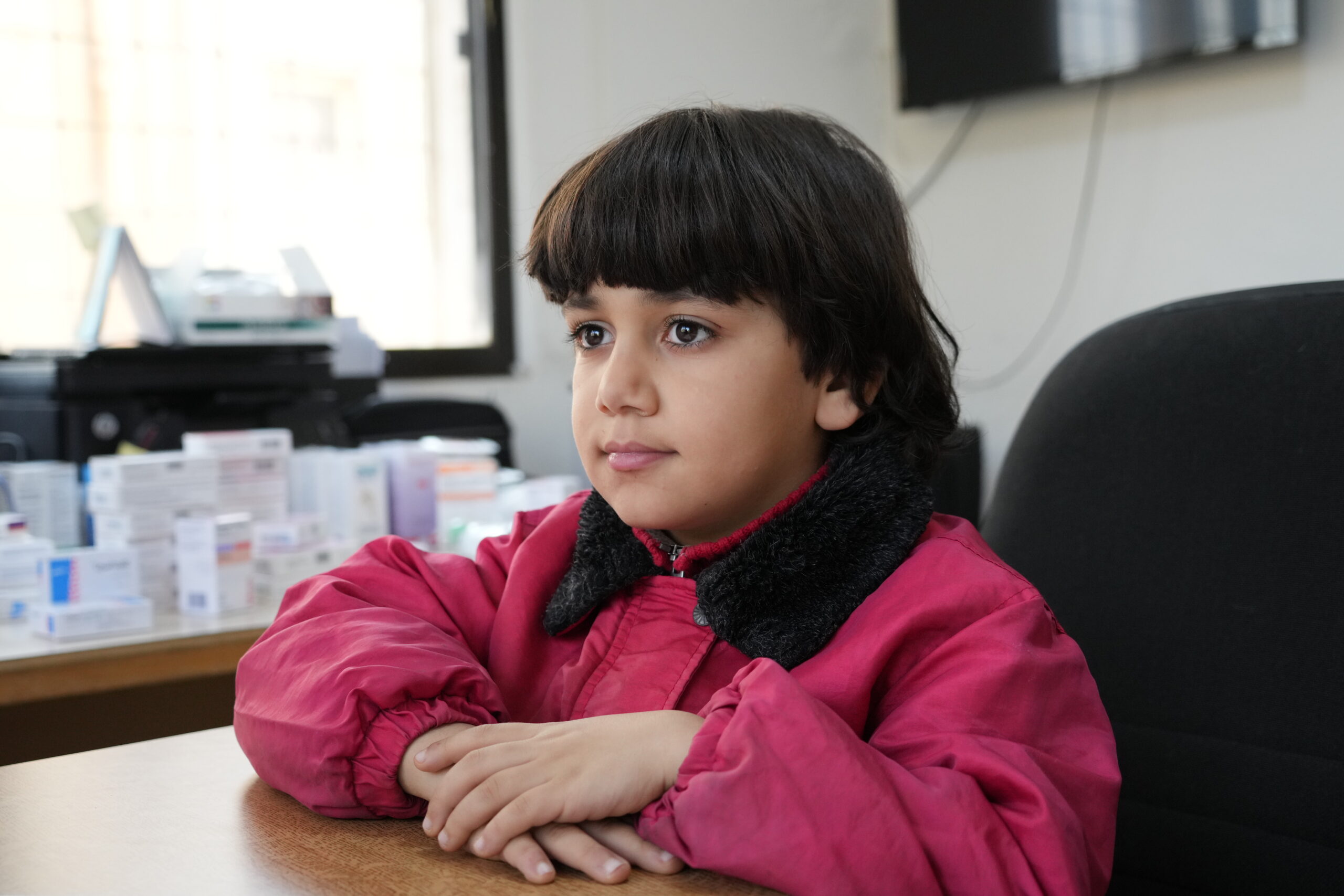
What kinds of cases did you see?
“Everything—from simple cases like colds or bronchitis to more serious conditions. Many people have undiagnosed asthma. They are getting sick from exposure to mold in their houses because they are living in bad situations. They tell me they see black mold on the walls.
“Even young kids come in with asthma. And older people, too. I treat the asthma symptomatically but the best cure would be to move. When I ask them if there is a possibility to move to another place, they say no, that they are happy to even have this place.
“I also saw some pneumonias. And there were some rare cases. One patient who had been diagnosed with asthma, on examination, actually had chronic sinusitis. When I examined the heart, I could not hear it in the right place. I also found the liver was on the wrong side of the body. It turns out she actually has Kartagener Syndrome, a rare genetic disease that may cause your organs to be on the opposite side of the body from where they should be. Knowing what she has means we can treat it. I was so happy we made a difference in this case.
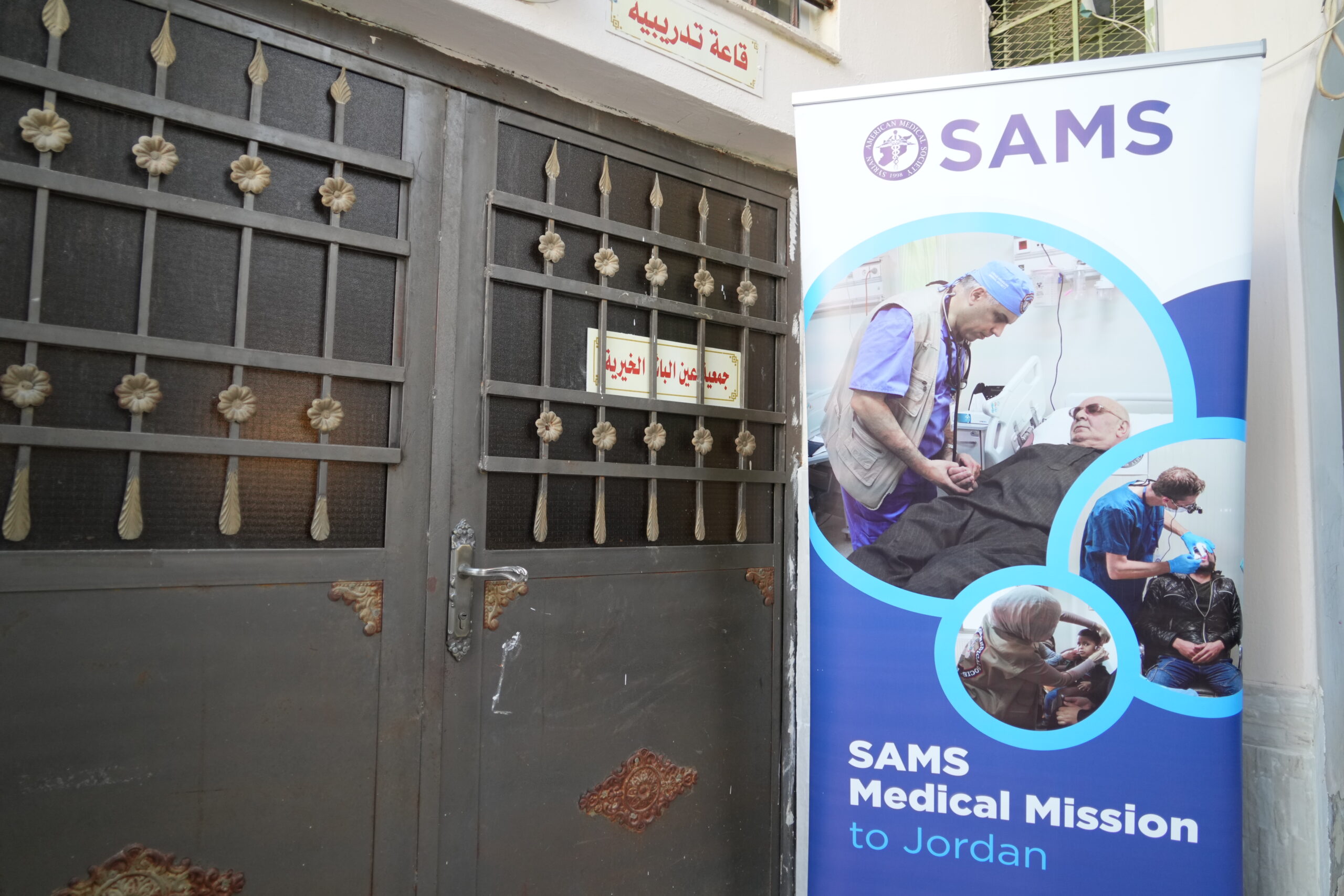
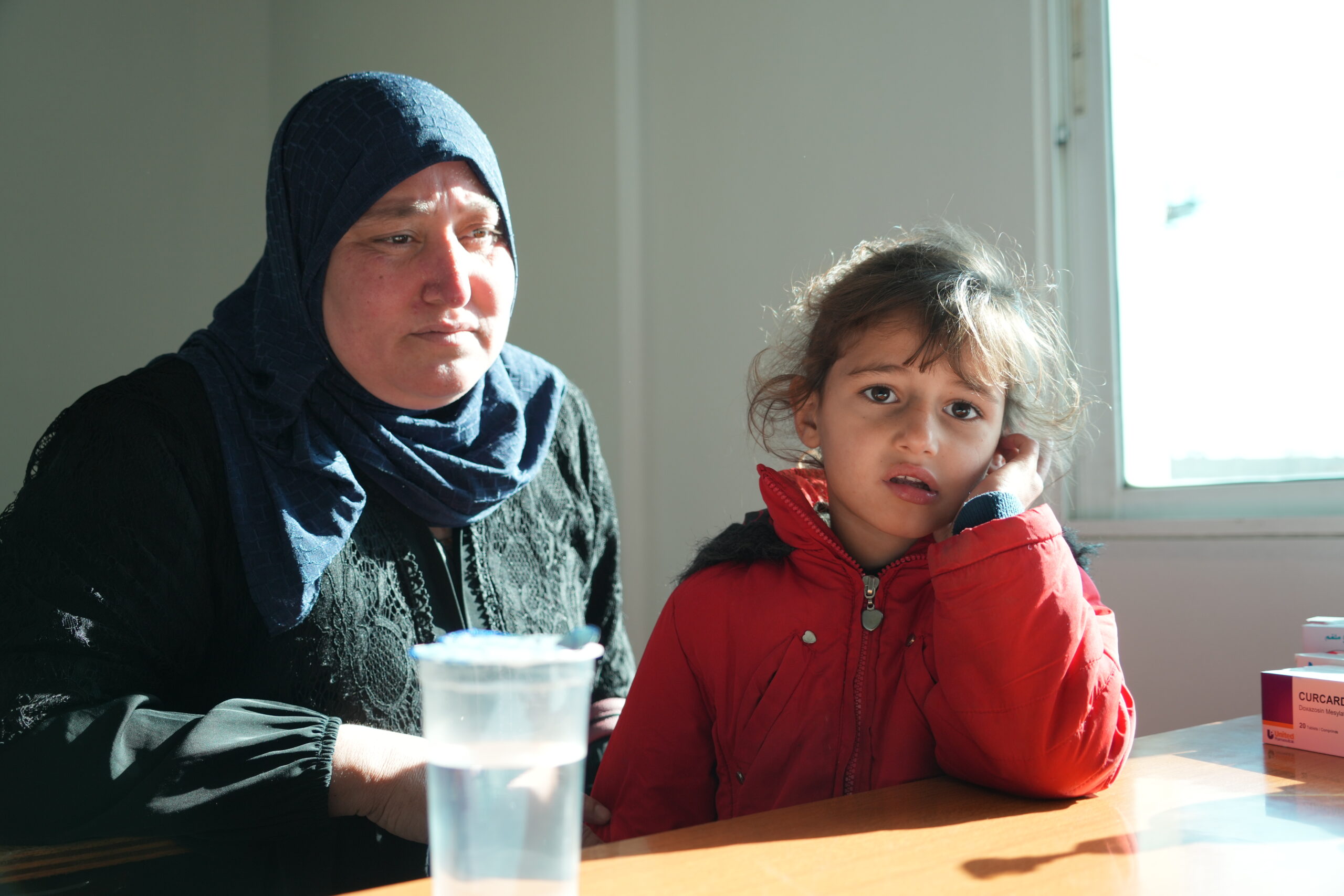
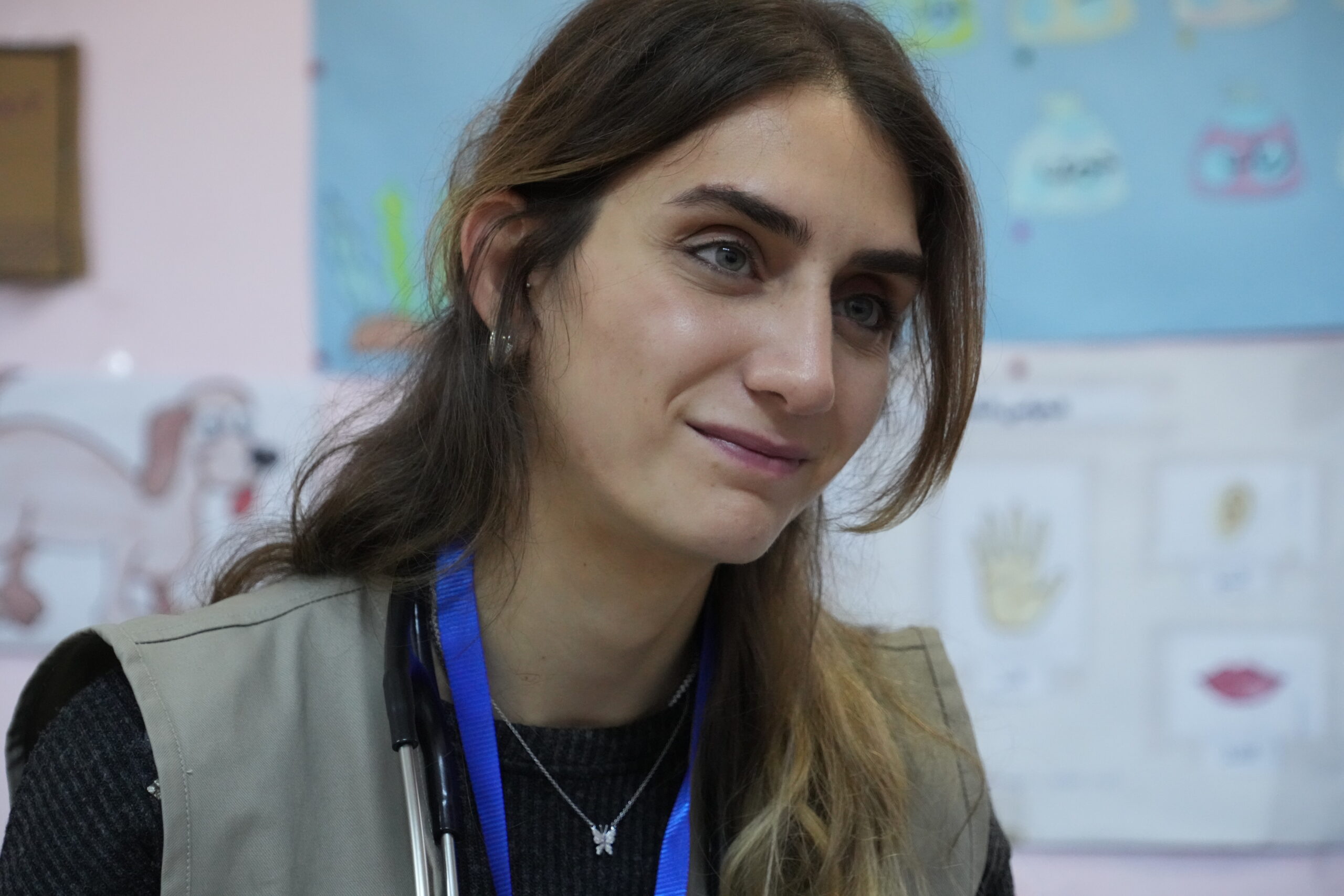
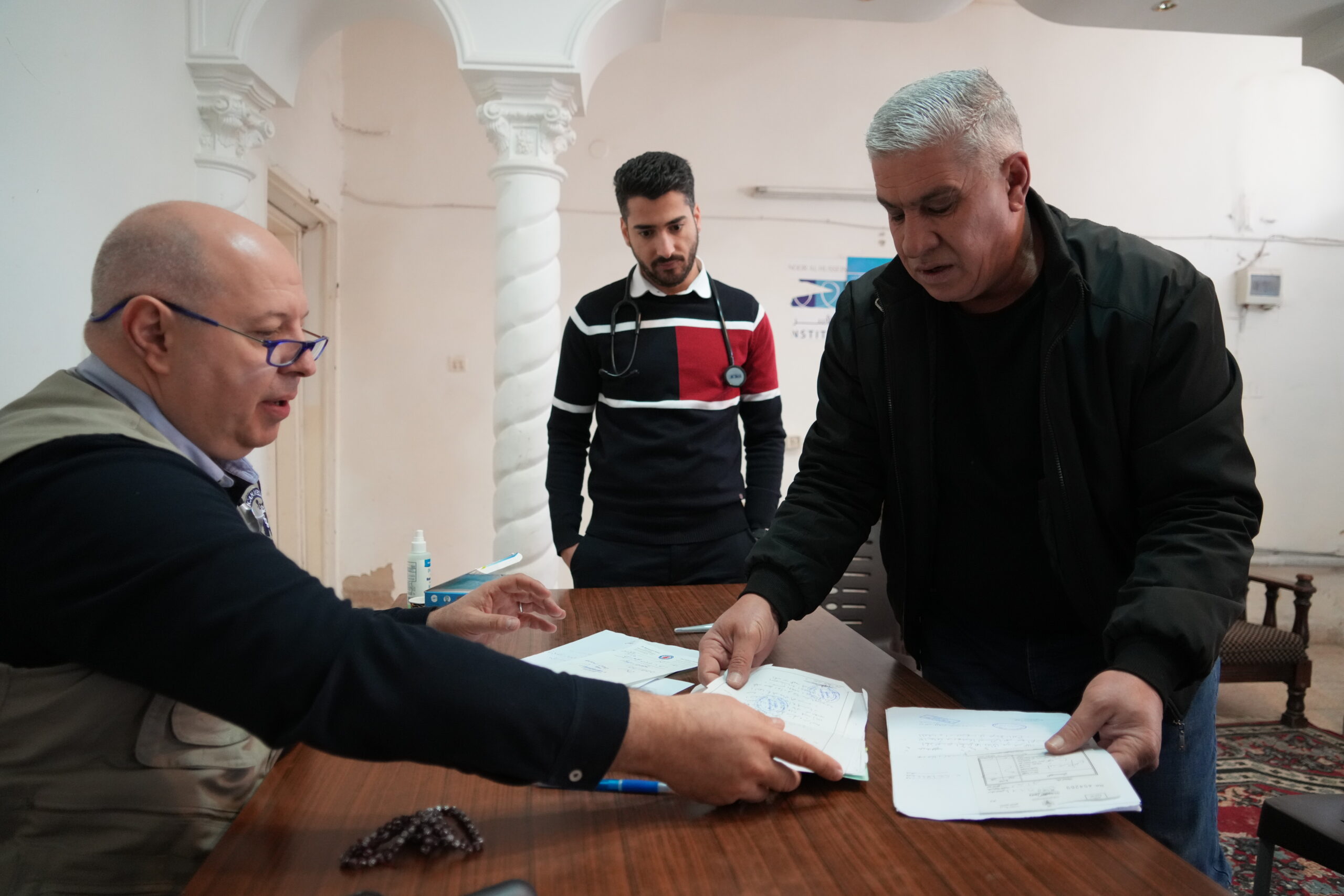
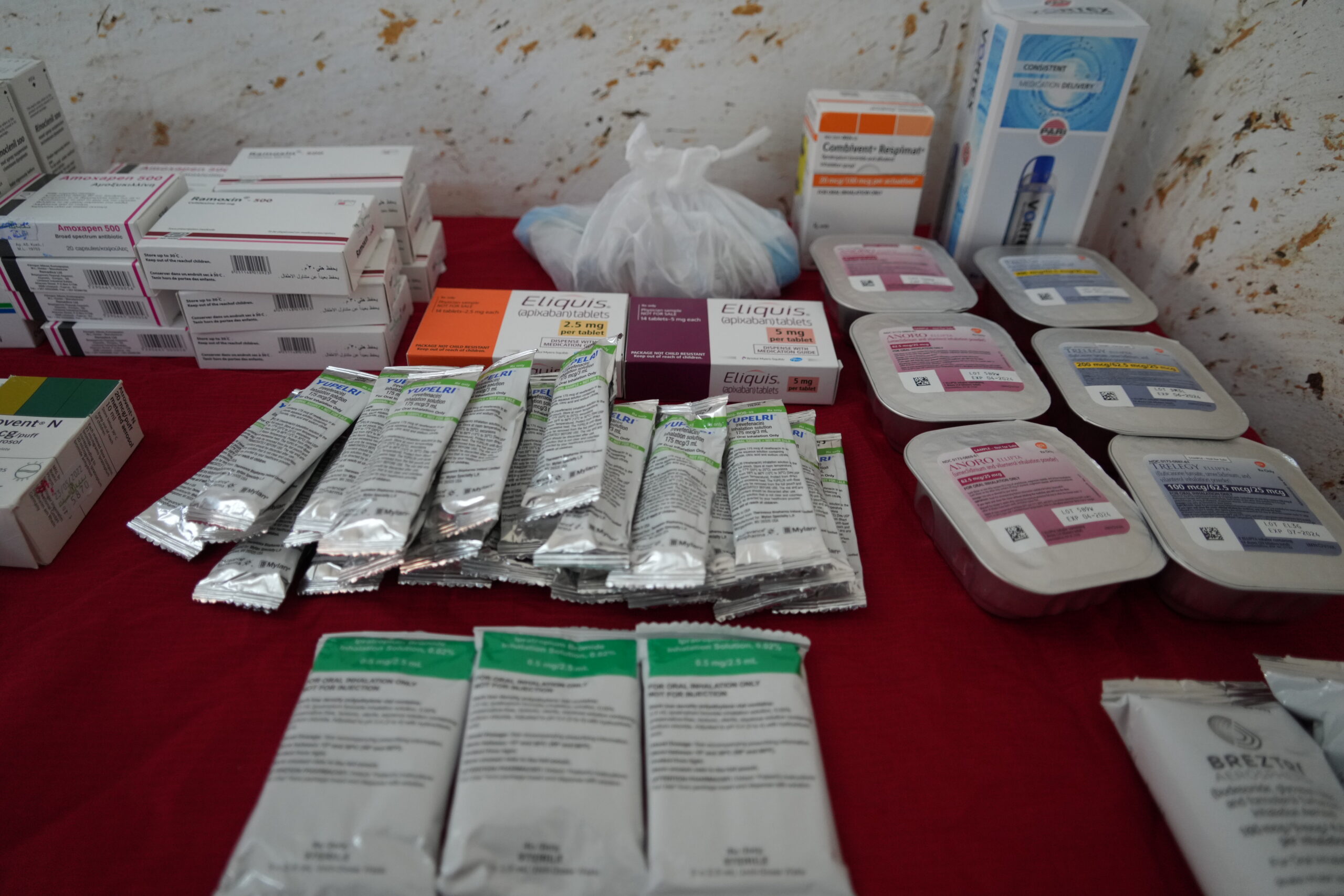
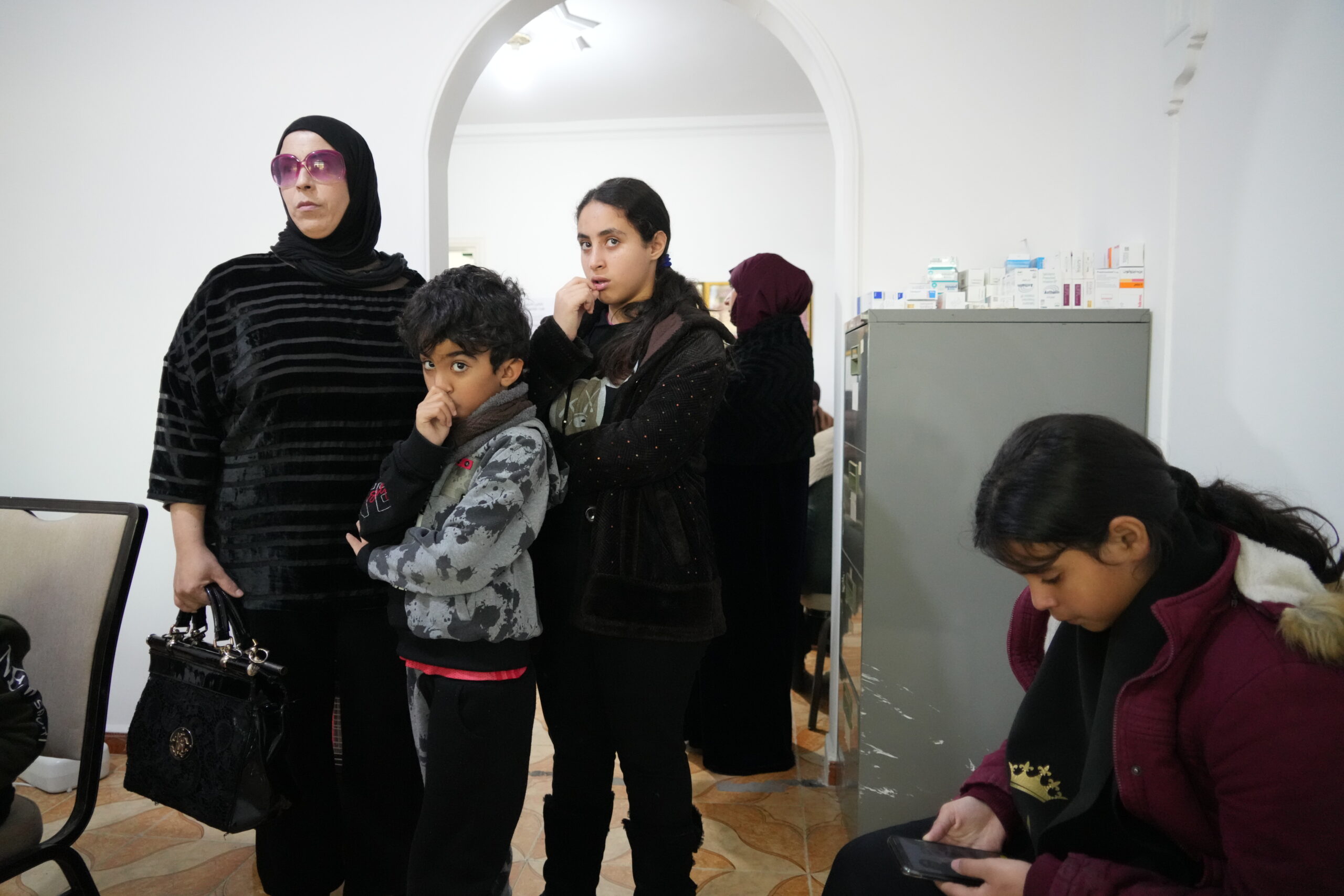
“I saw another case where a young lady with Down Syndrome had been given an inhaler. Her mother thought she was using it but she was not able to use it correctly. We purchased a handheld nebulizer machine for her and taught her how to use it. She only needs to put the mask on her face and breathe. It is much easier for her than the inhaler and will help get her asthma under control.”
How many patients did you see?
“I was seeing an average of 40 to 50 patients every day for six days. I also saw five or six patients with major sleep disorders and we provided CPAP machines that will improve their sleep. These machines can completely change their lives. They will rest and wake up feeling fresh in the morning. They will have more energy and will lose weight.
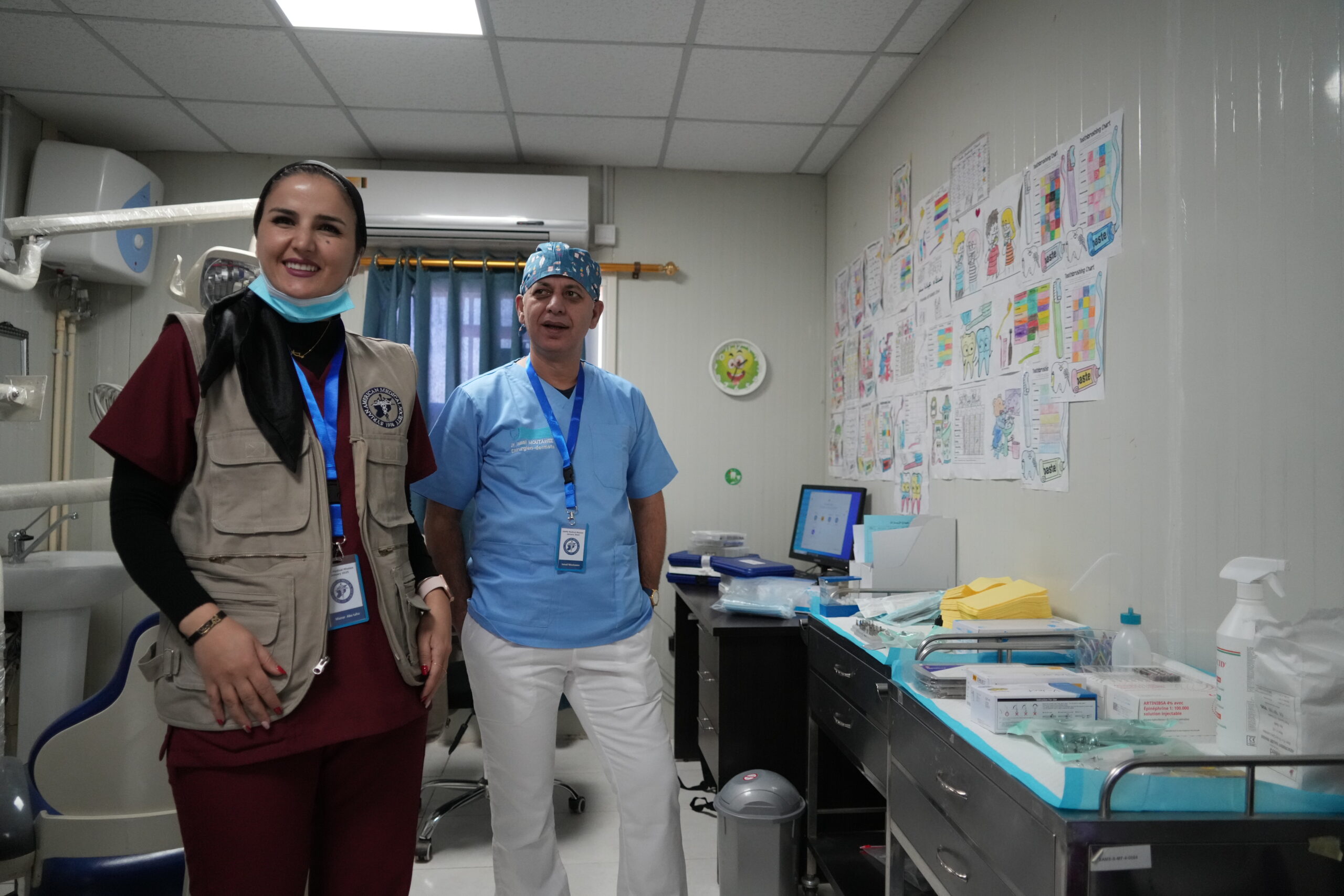
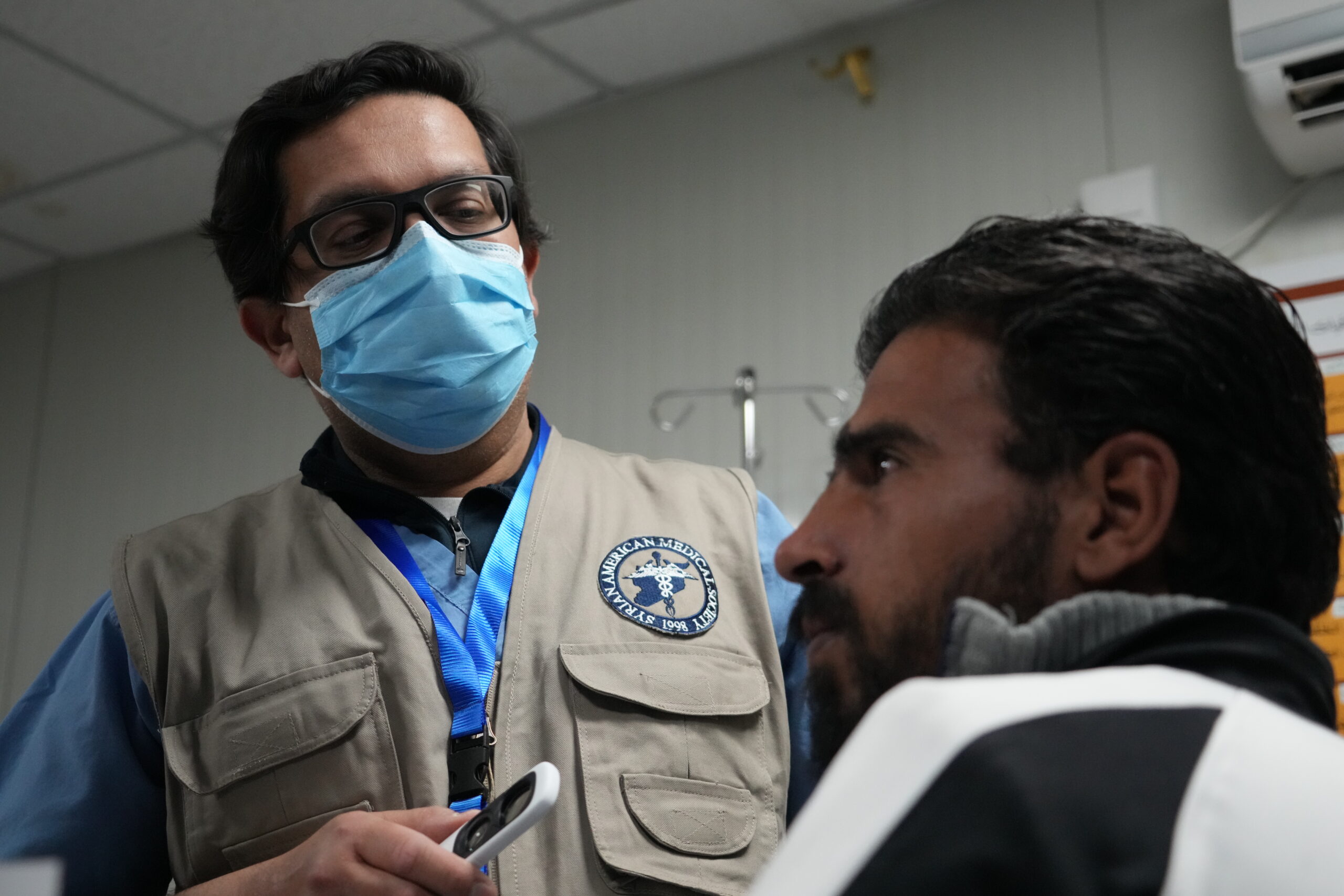
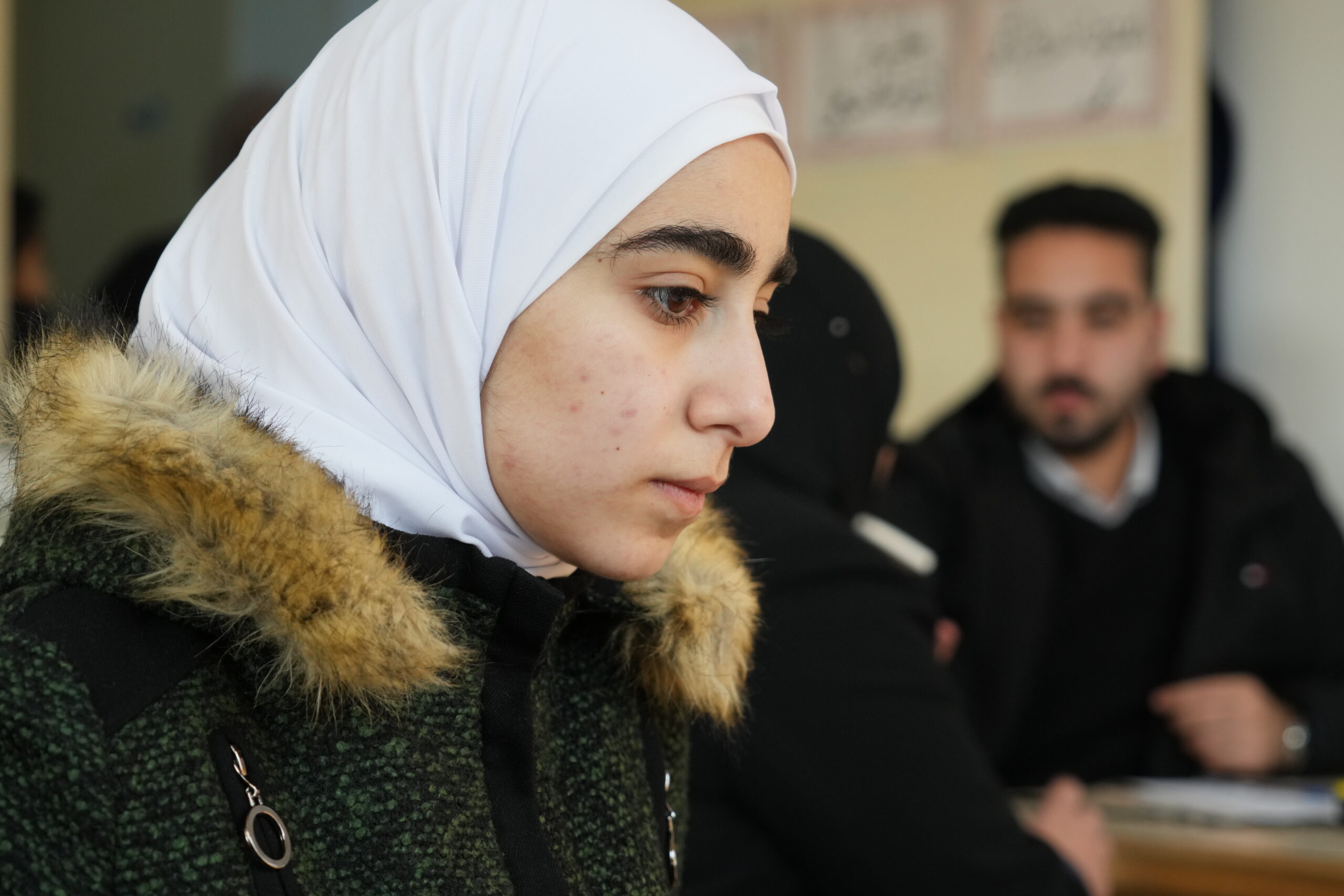
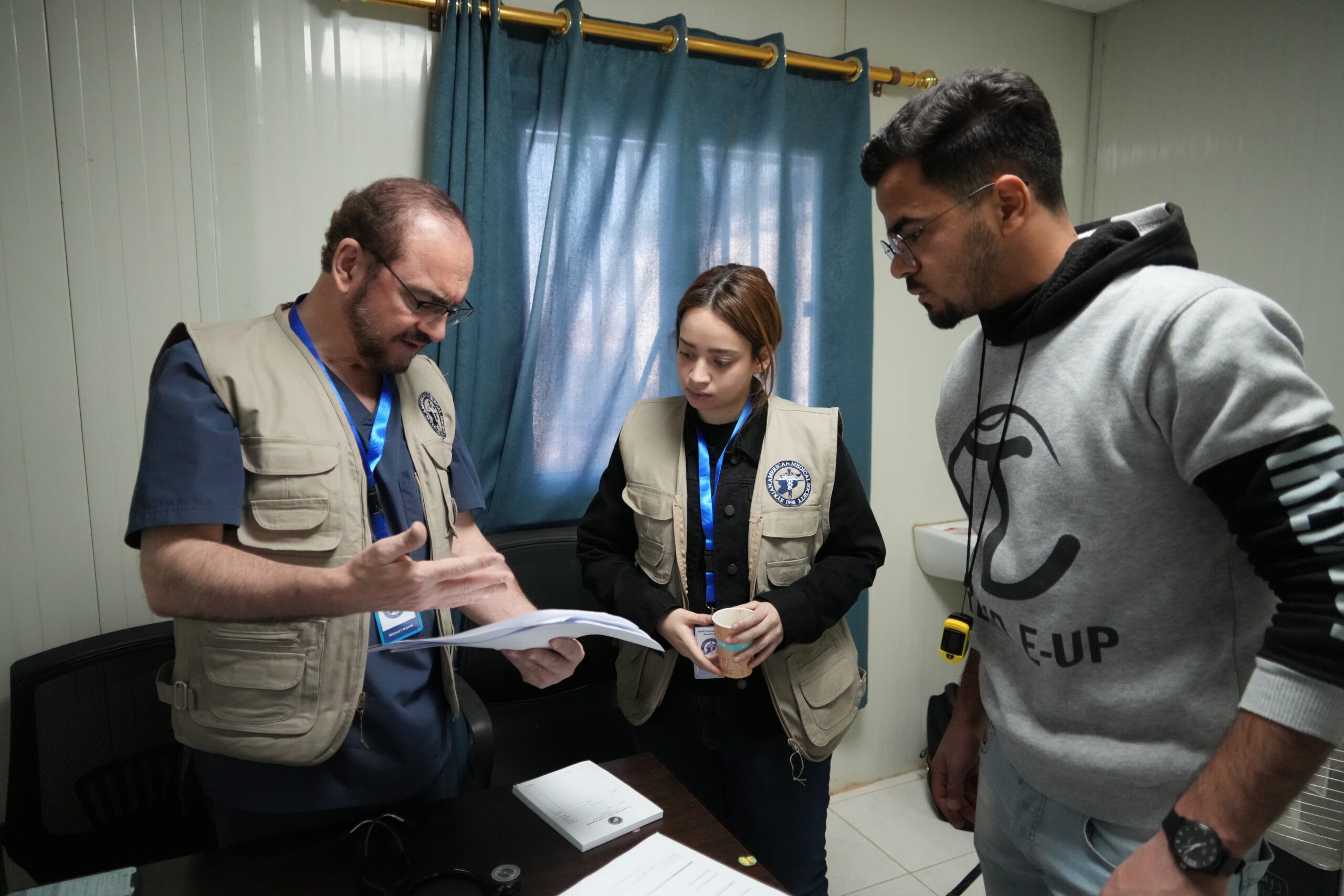
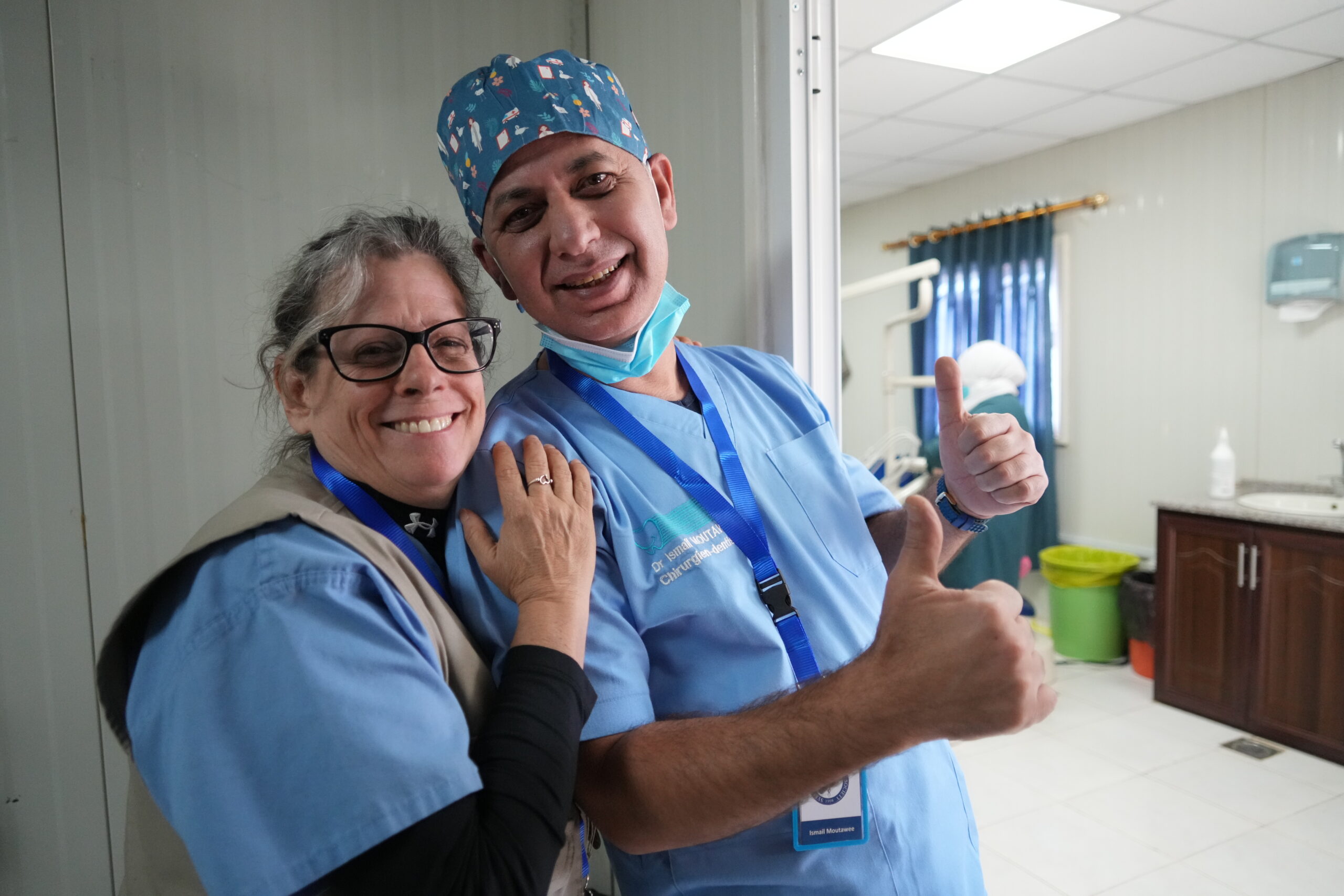
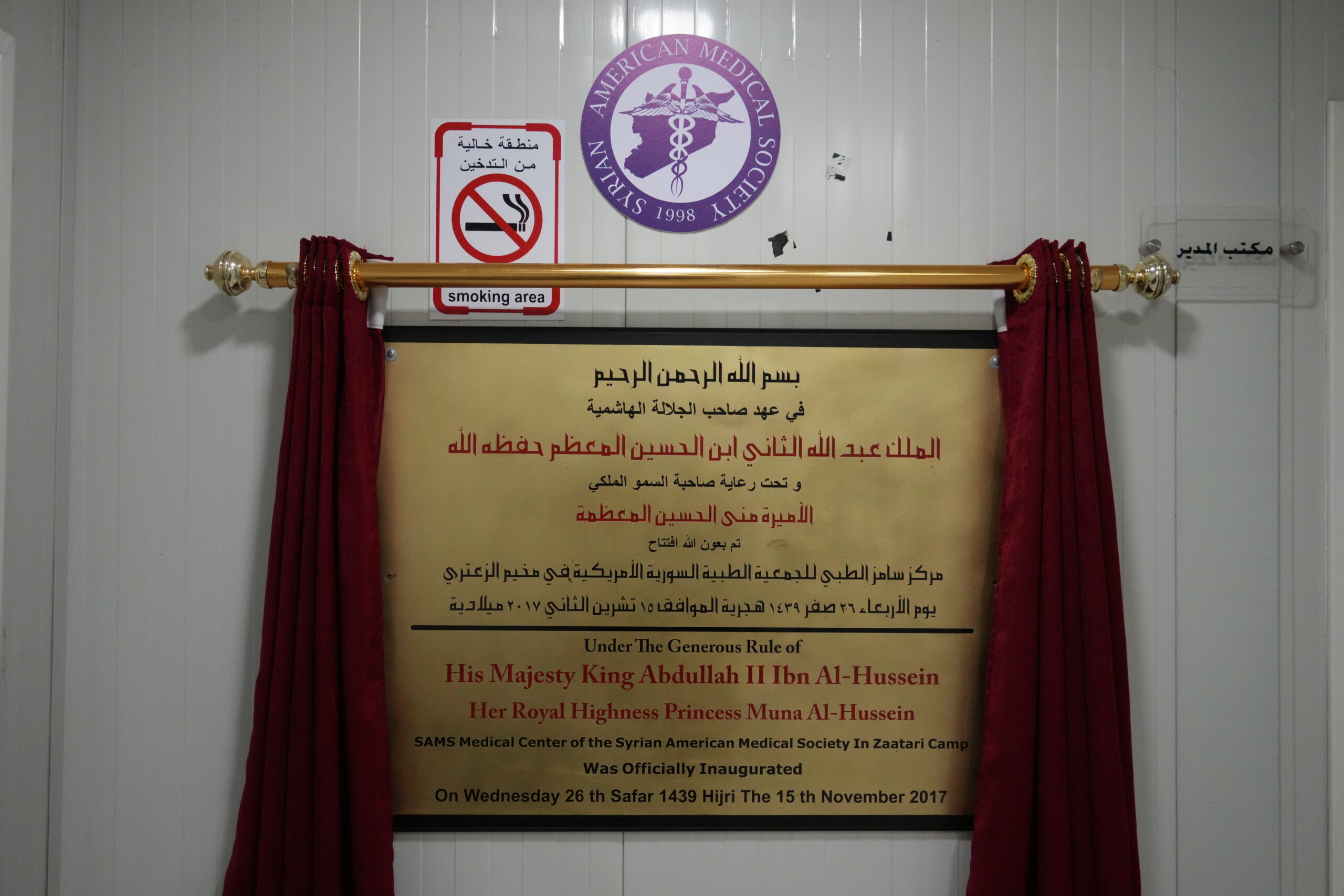
“As a group, over the course of six days, we served 4,000 people. Teams performed 100 dental surgeries, 15 reconstructive surgeries, 177 ophthalmic surgeries, 28 gastrointestinal endoscopies and 55 cardiac interventional procedures, including three heart surgeries. And hundreds of other patients in 10 other specialties. In ophthalmology, we did many retina surgeries, cataract surgeries and pediatric squint surgeries.”
Will the people you saw receive follow-up care?
“Yes. A group of providers will go every three to six months. They wait for us to come. You can’t imagine how busy it gets. Imagine 50 patients a day that each doctor sees, and that’s not even every patient. We cannot see every patient. There are so many who need care.”
Did you face any hardships?
“It was very cold in the clinic the whole day. We did not have enough space heaters and I stayed without one in the room. I was thinking that the people there sometimes don’t have any heat in their homes. We can really see how much they are suffering.
Were you well received by the Jordanian government?
“They said they were so happy we were there because we served in areas where the medical care is most needed.”
How did you get involved with SAMS?
“I’ve been with them for 20 years. We started as an educational and social organization. We used to go together to Syria and hold seminars there, where we gave lectures and interacted with medical students. When the war started, we felt the need to provide services. We are a non-religious, non-political organization focusing on providing healthcare, especially to Syrian refugees, but others, too.”
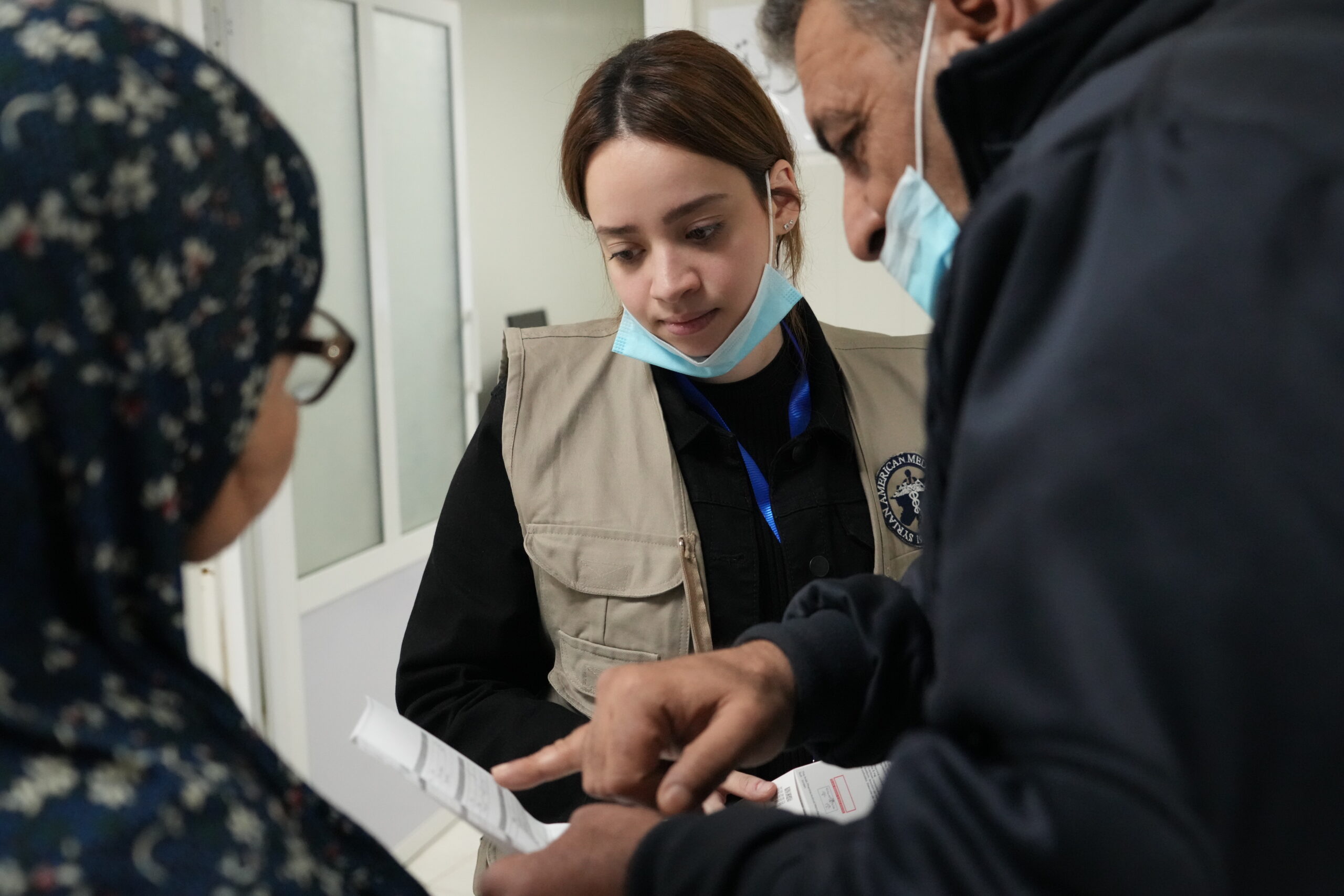
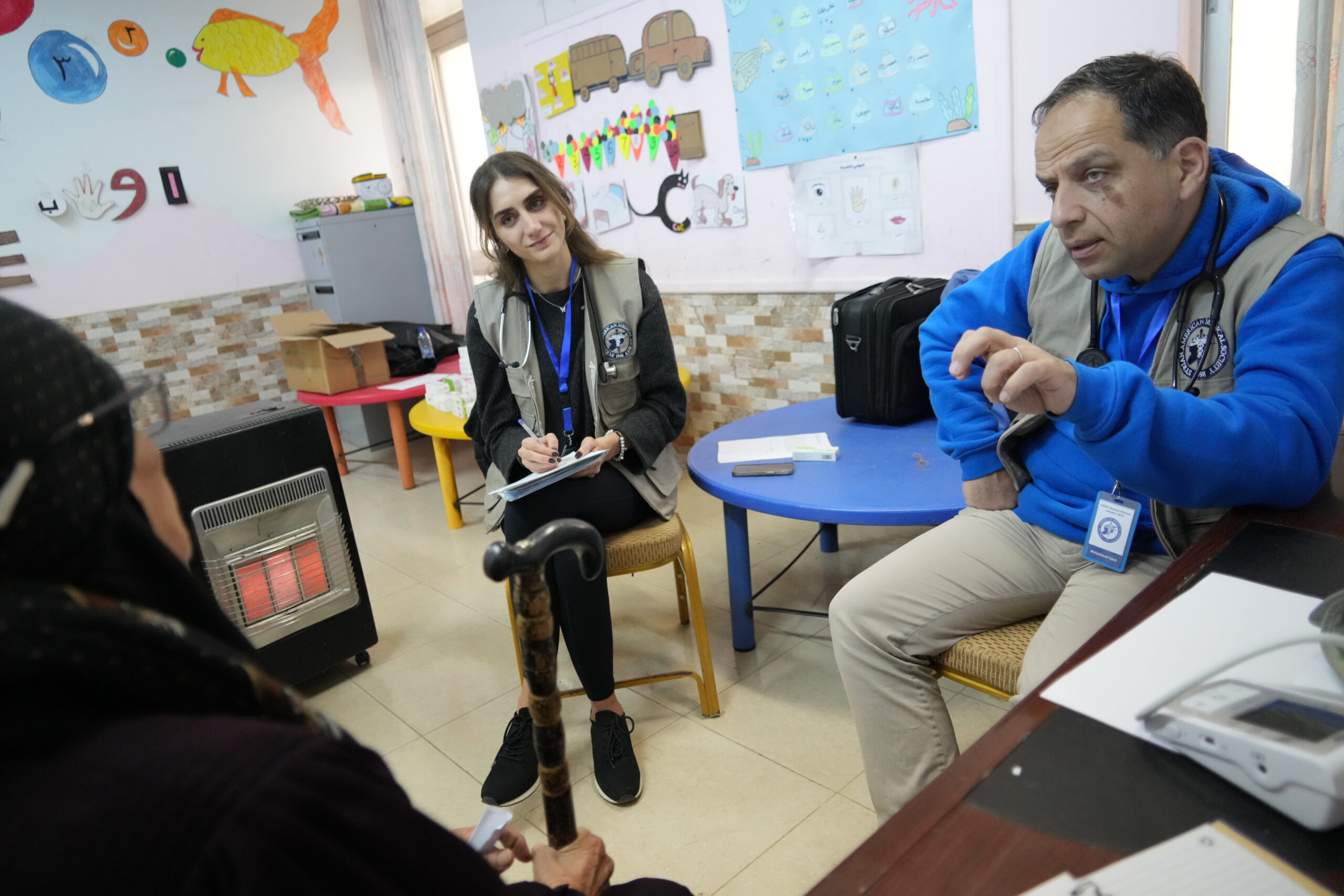
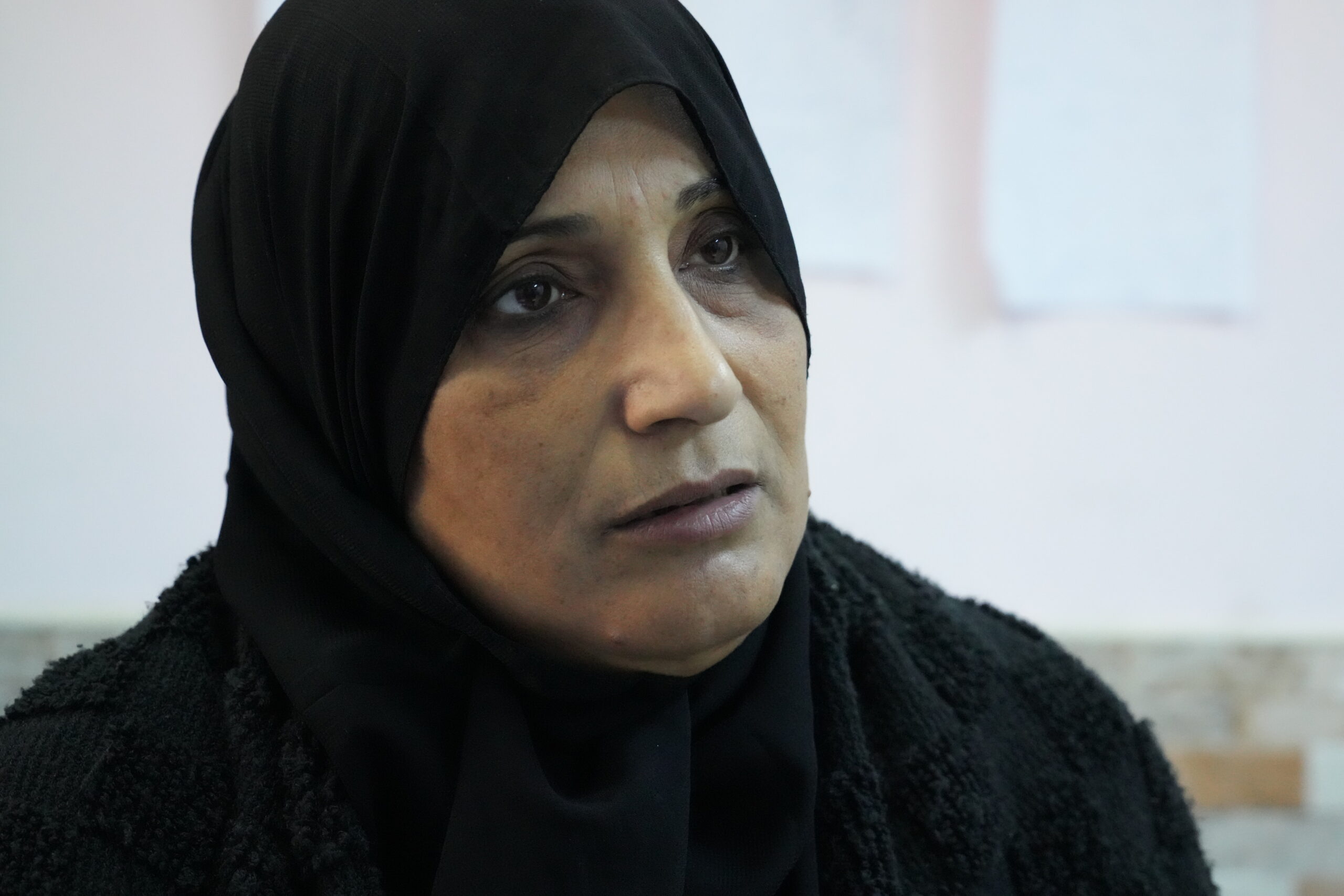
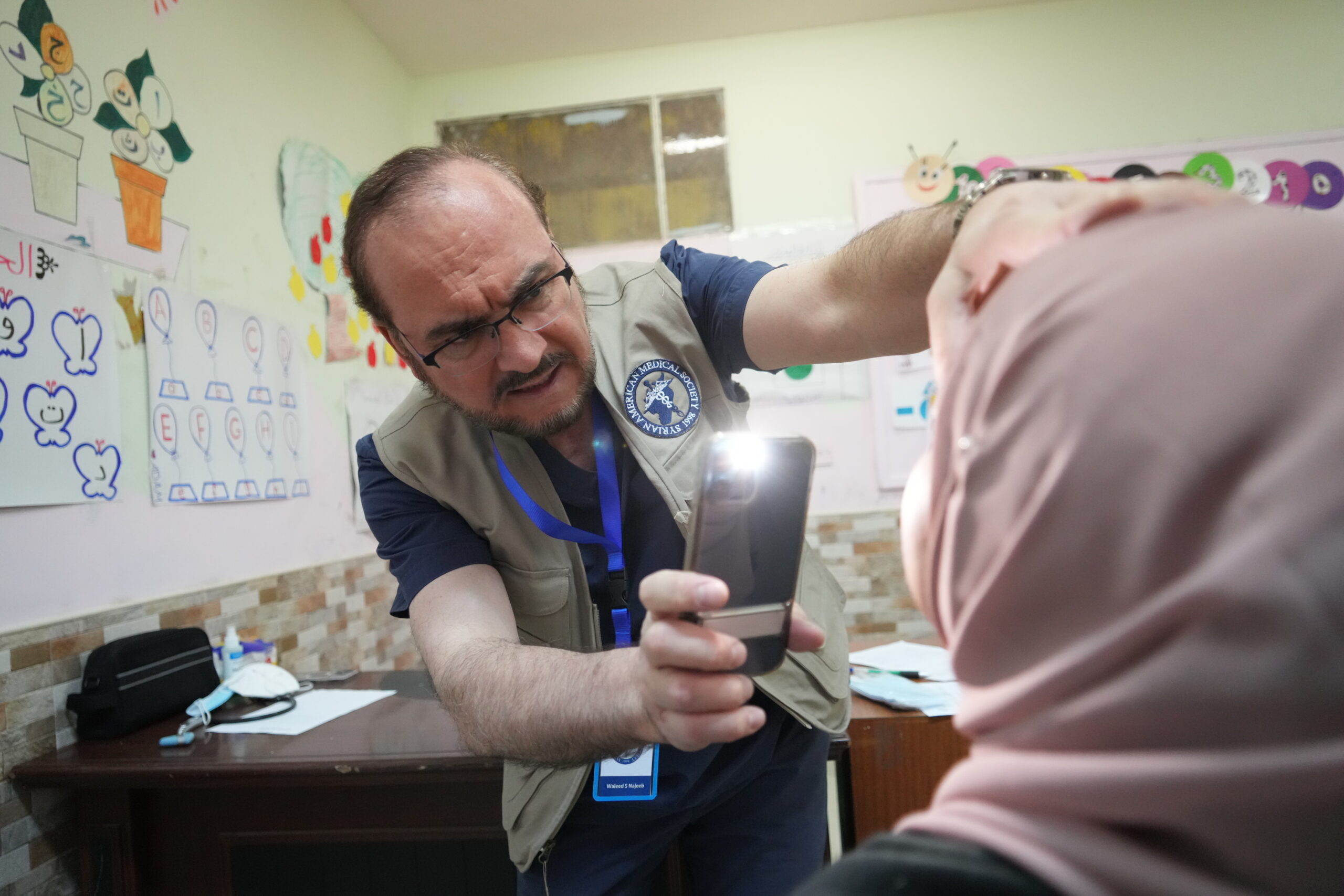
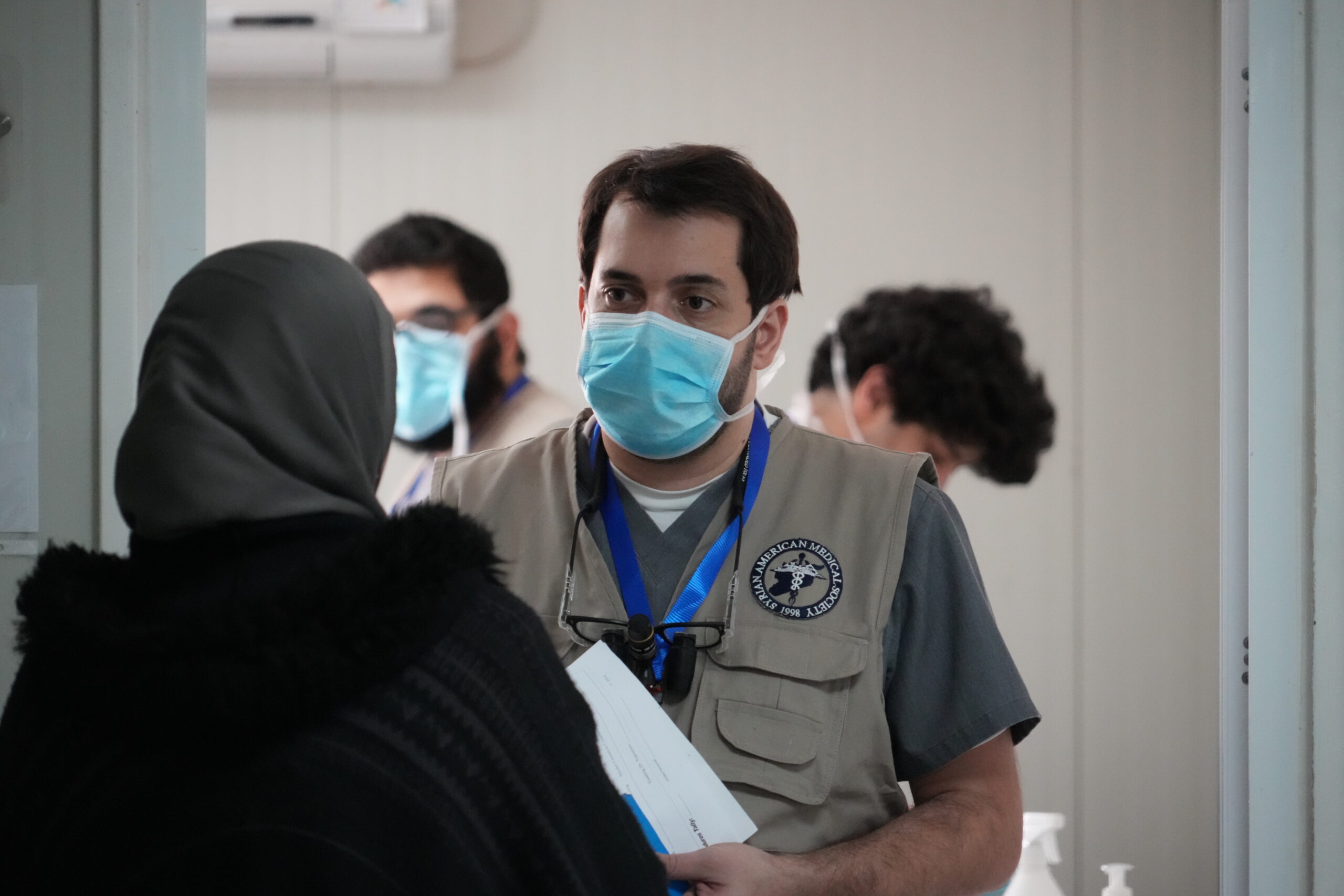
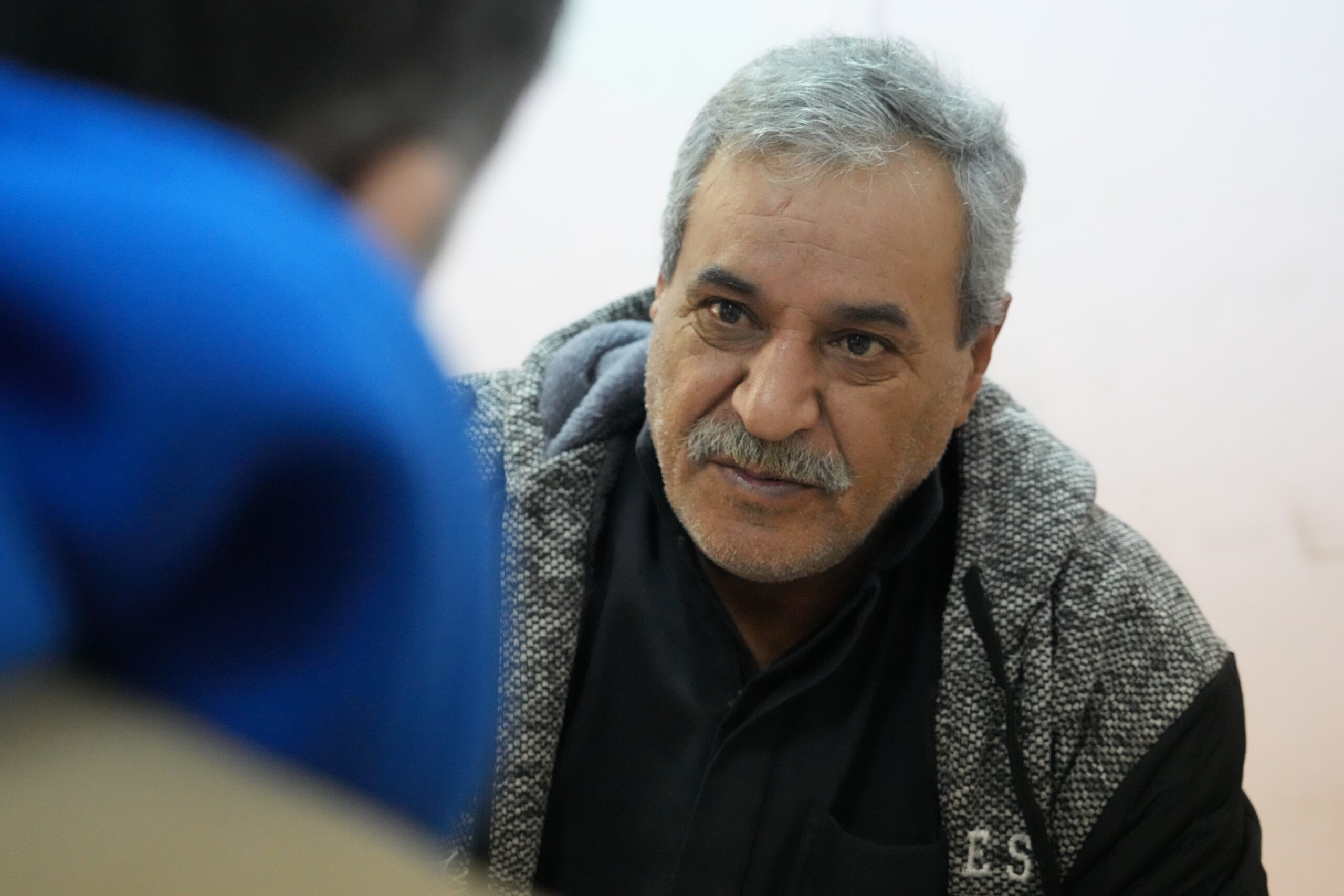
What impact has serving on SAMS medical missions had on you?
“It’s a life-changing experience. Every time I go, I come back so motivated. I feel the value of my life now. I would thank God for enabling me to leave my work, leave my family and go help even for a week or few days. And if I can do it more, I’ll do it more. I also do my best to financially support SAMS and other organizations who do this job.
“We live here in the United States. It’s a very comfortable life. We think everything is supposed to be this way. When you have the opportunity to experience a different environment where there is not always hot water or soap or even in-door toilets, where clean water is sometimes not available and you have to manage, it makes you appreciate what God has blessed us with.
“The Jordanian medical students who worked with me were also exposed to a different environment than they are used to. I could see they were positively affected by the experience.
“In addition to working with the medical students, six of us spent half a day in the medical school, giving lectures and meeting with medical students. We answered their questions about the requirements to work in the United States. Almost 200 students came.
“It was a very, very busy trip, very fulfilling. Although I was exhausted by the end of each day, I was so happy I was able to provide some help.”
To support SAMS medical missions, you may donate at https://www.sams-usa.net/donate/ and select Refugee Health Services as the program to support.
